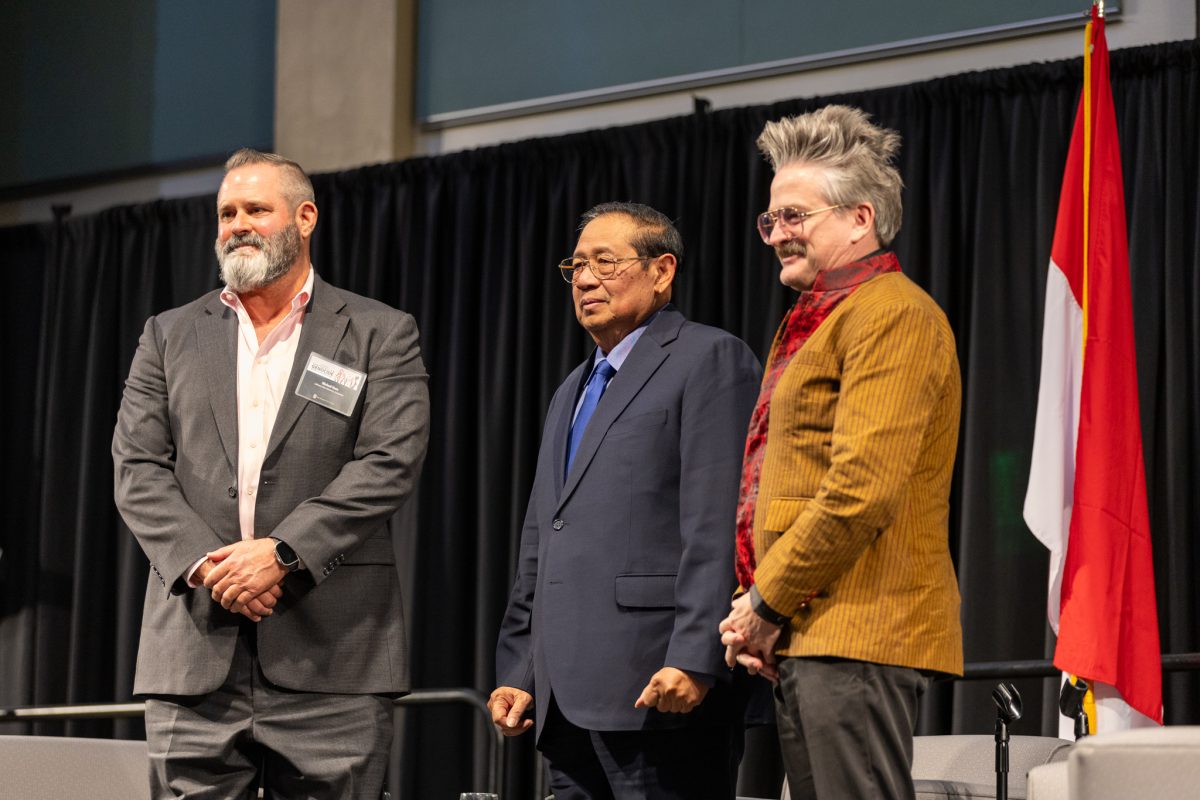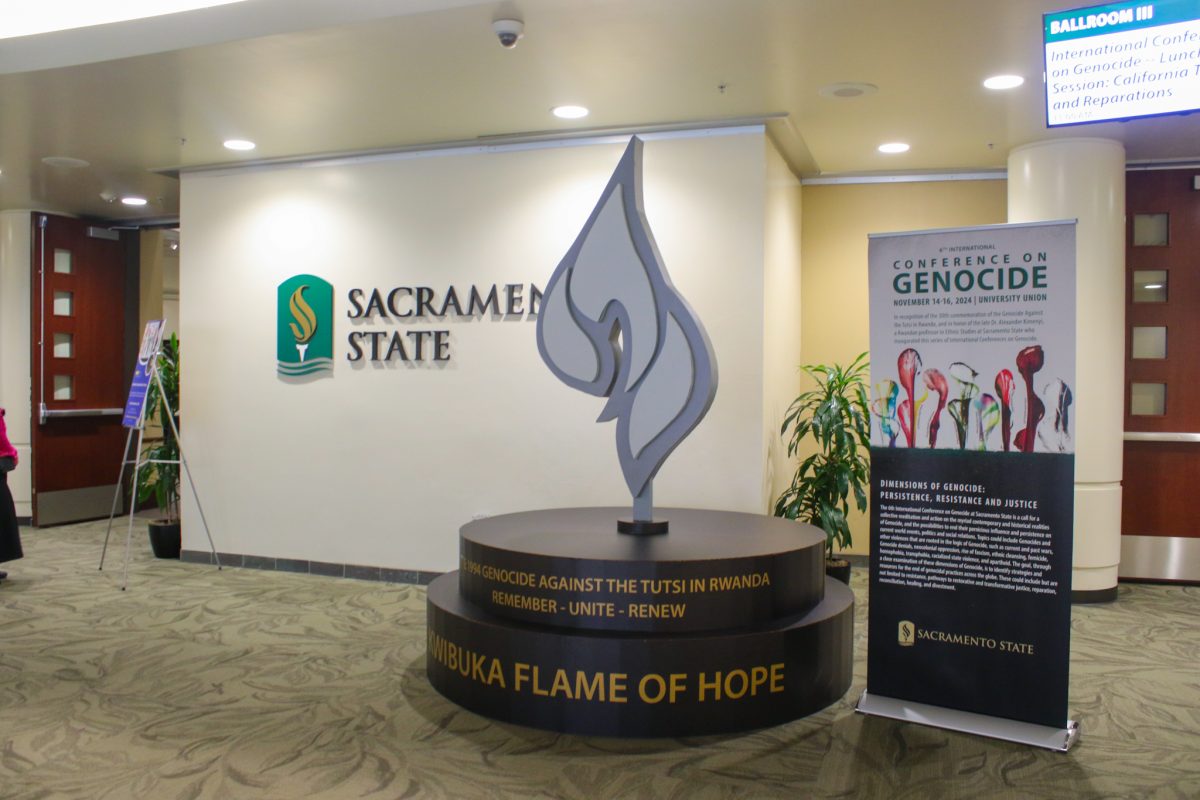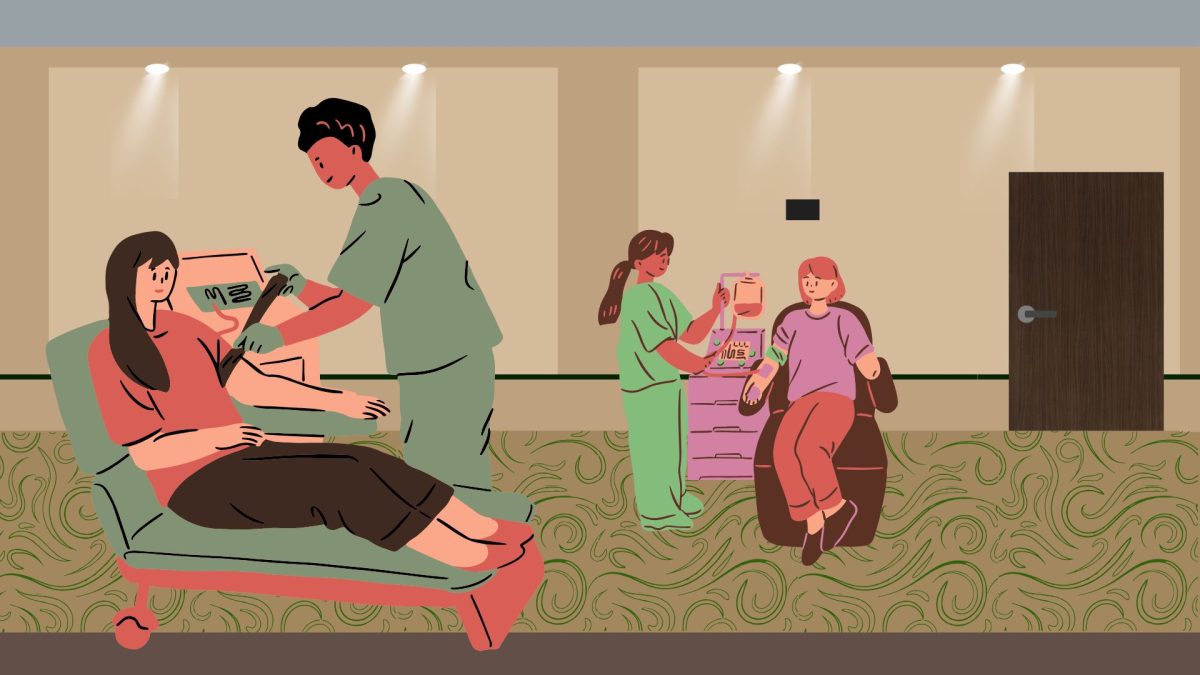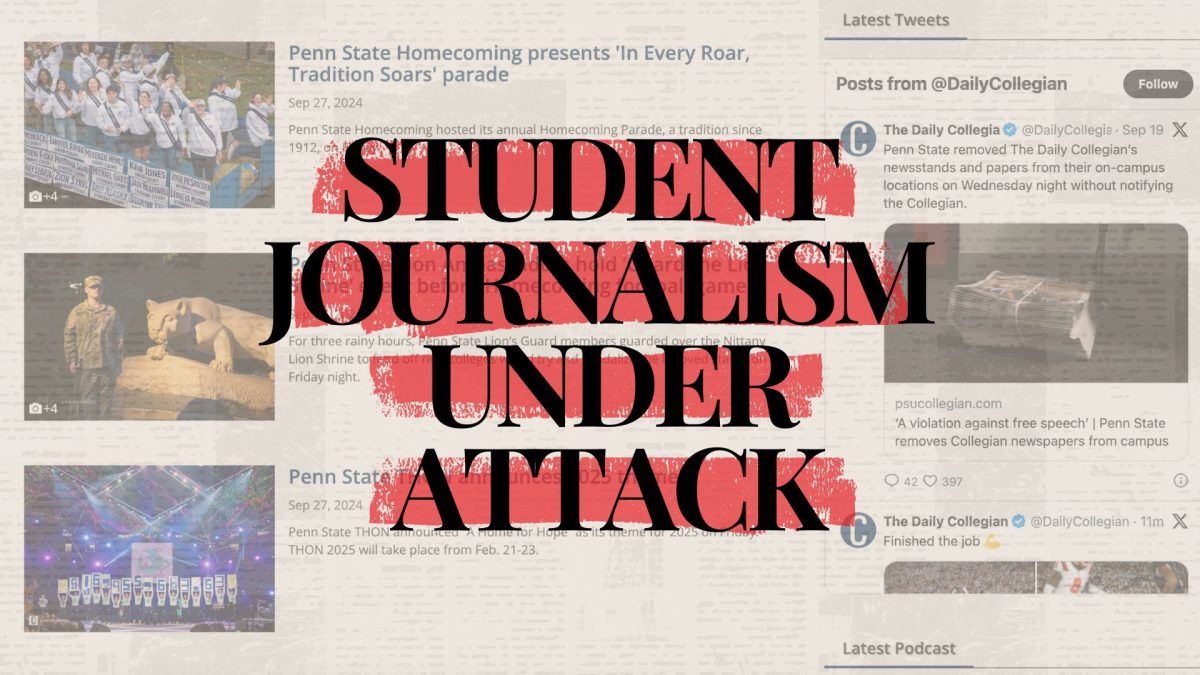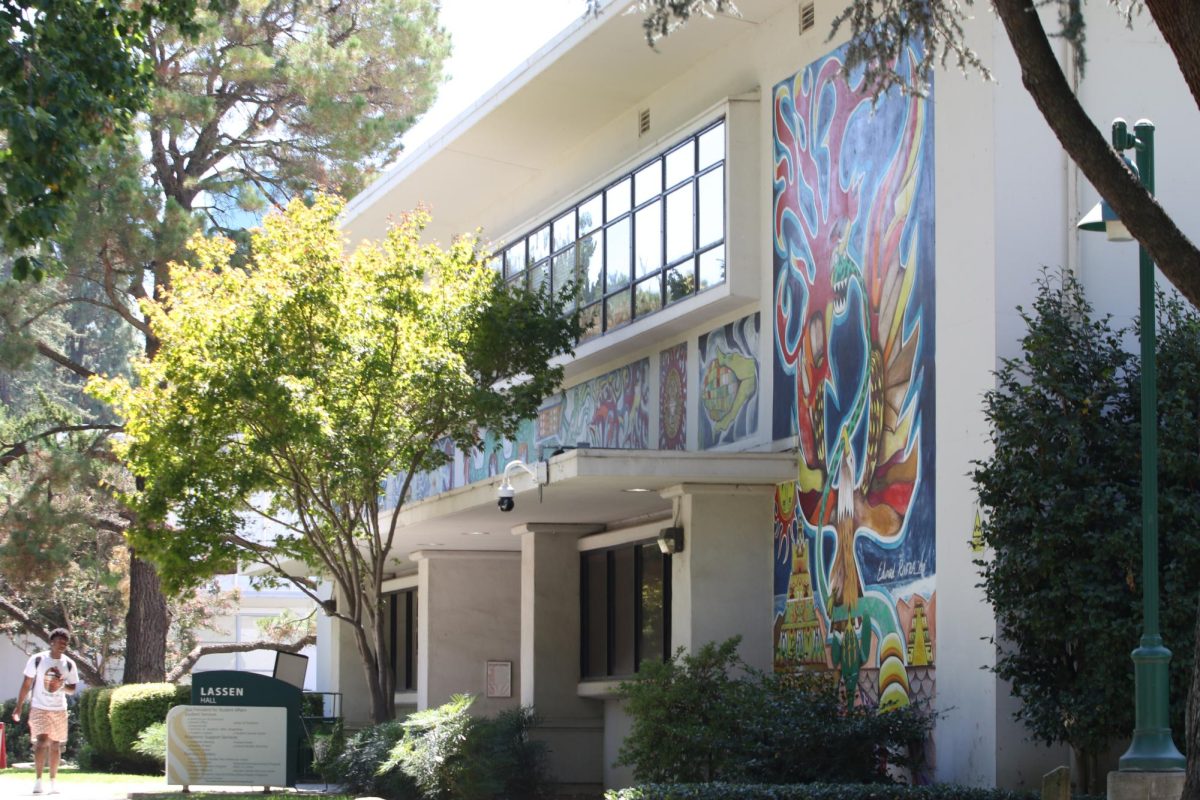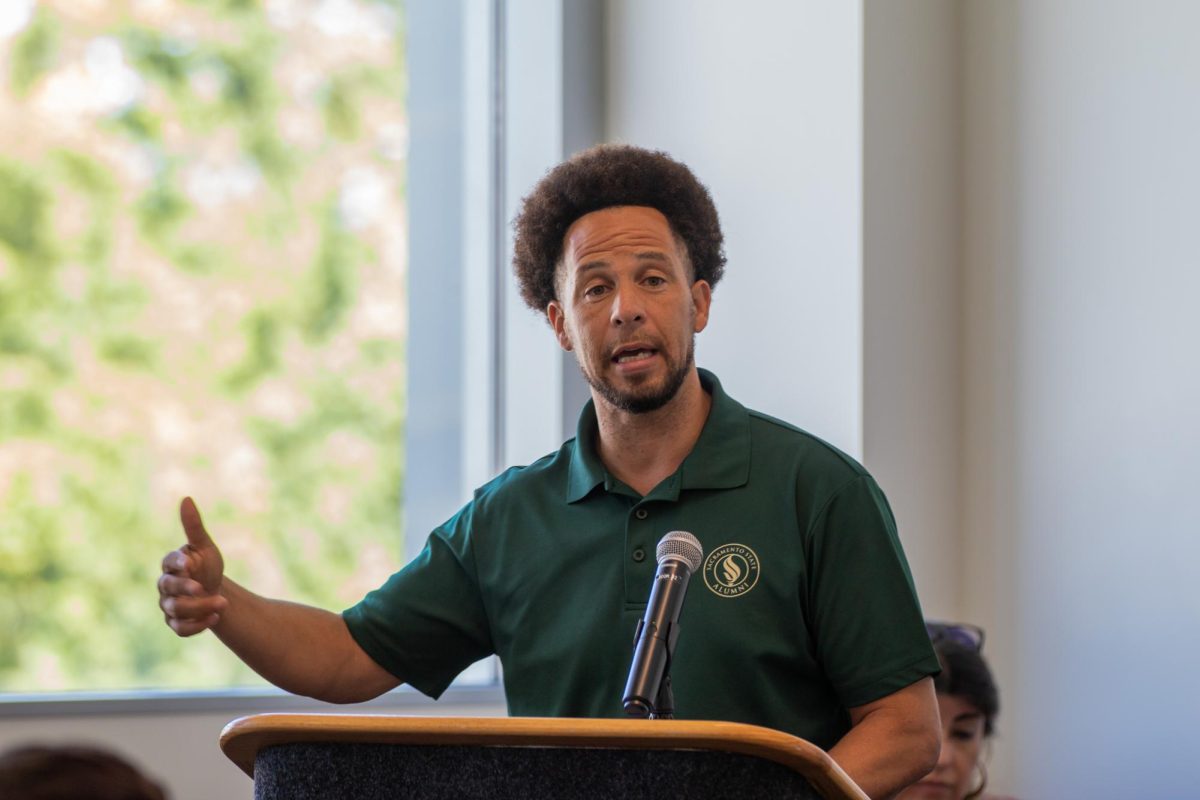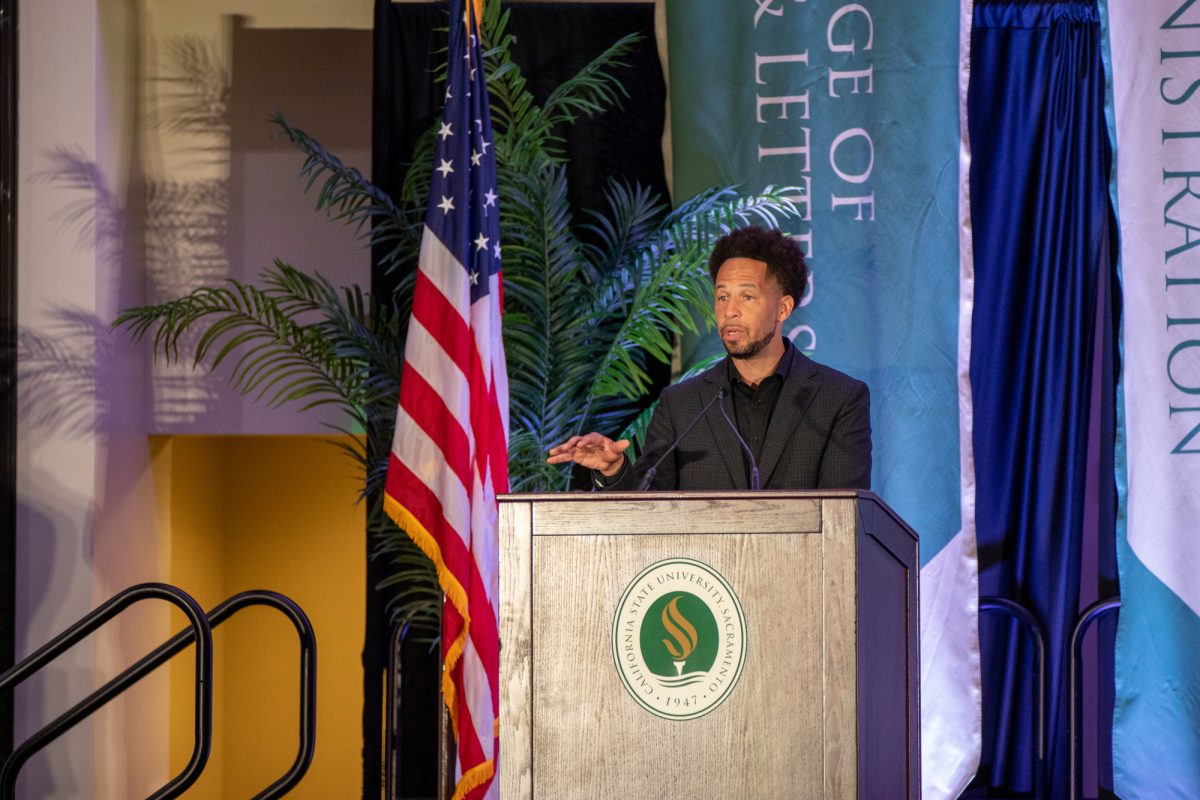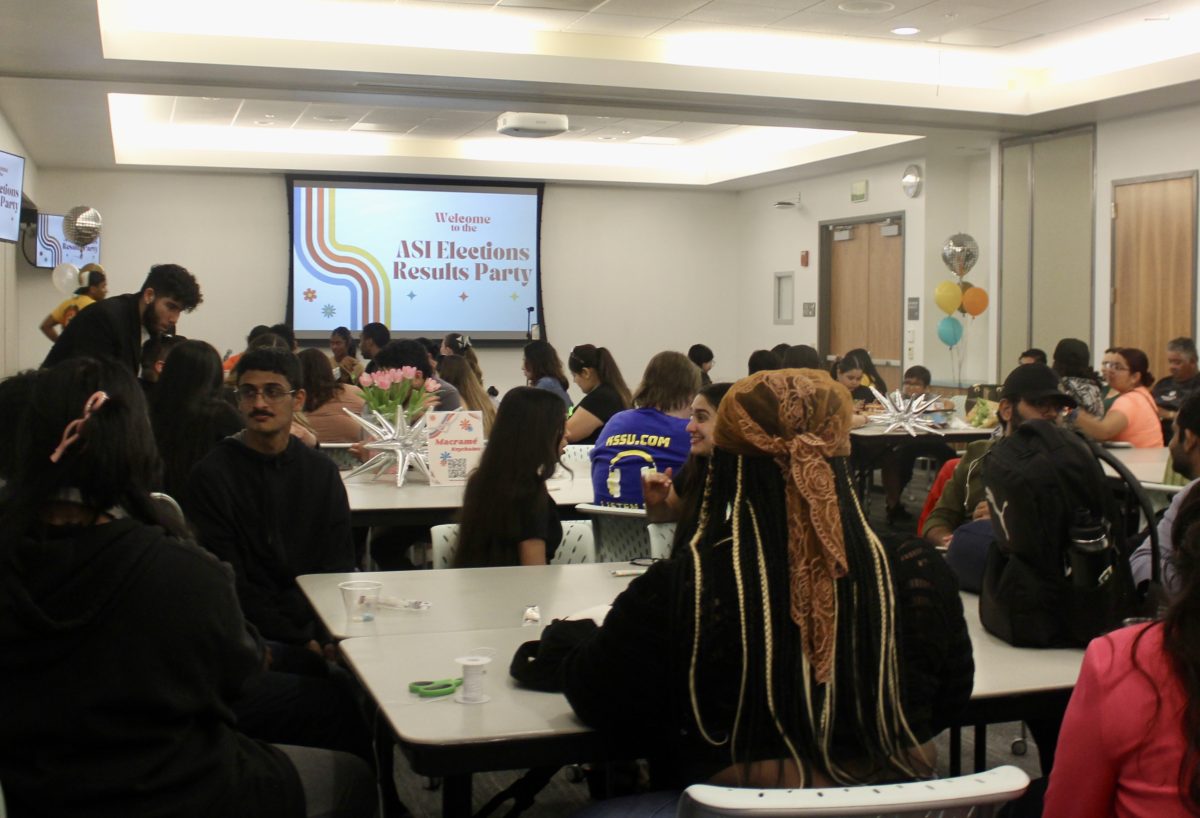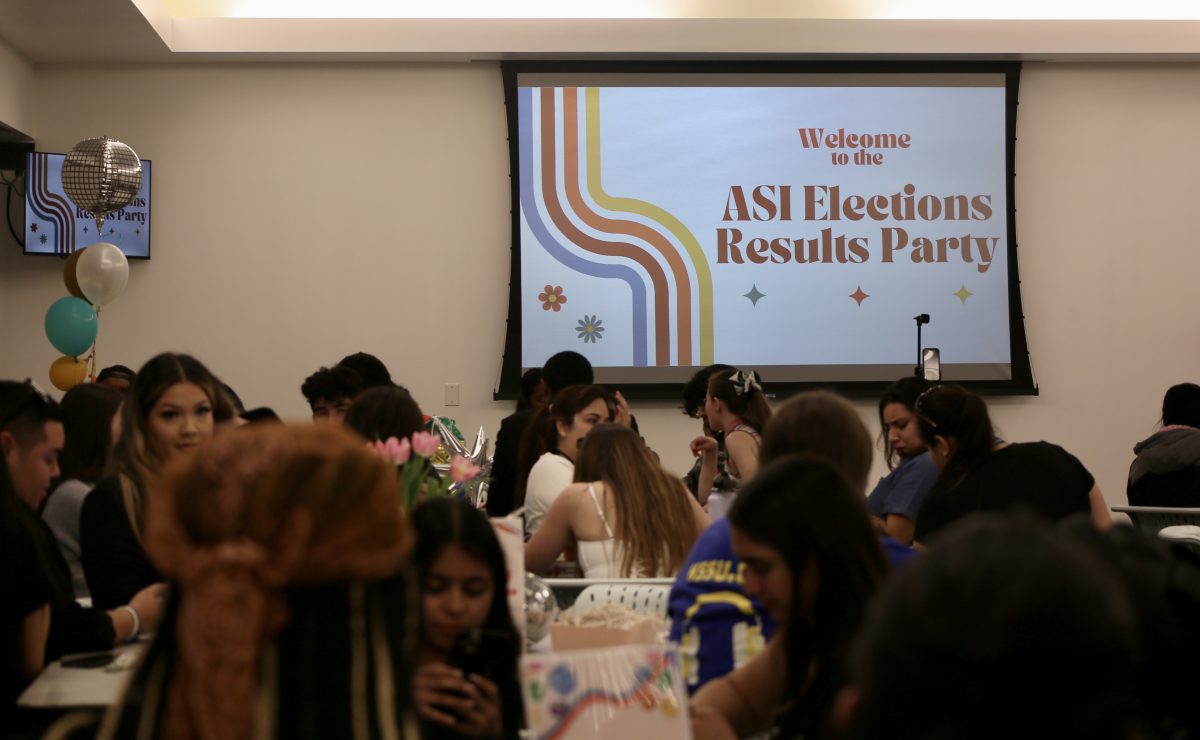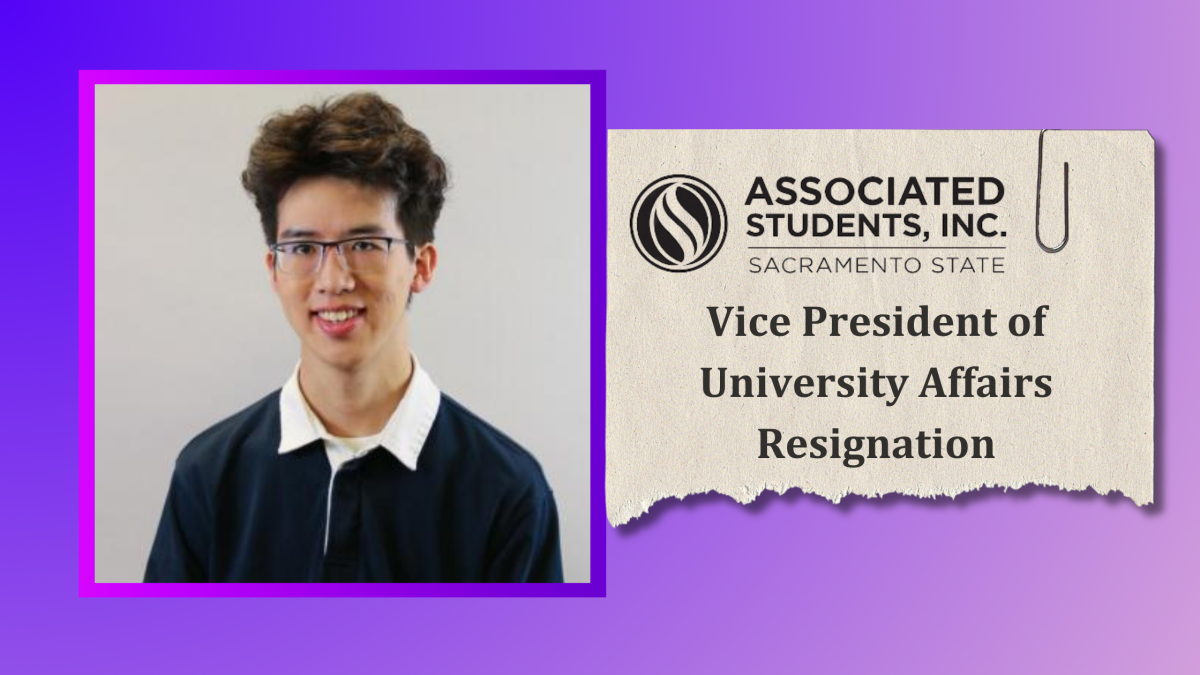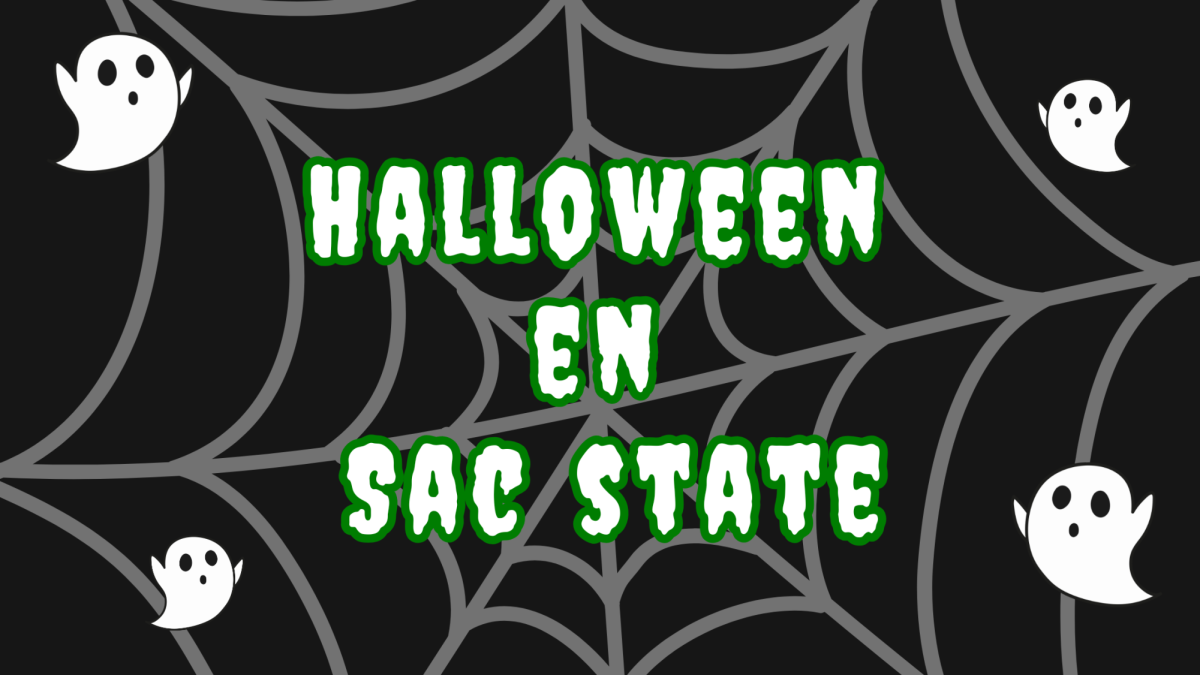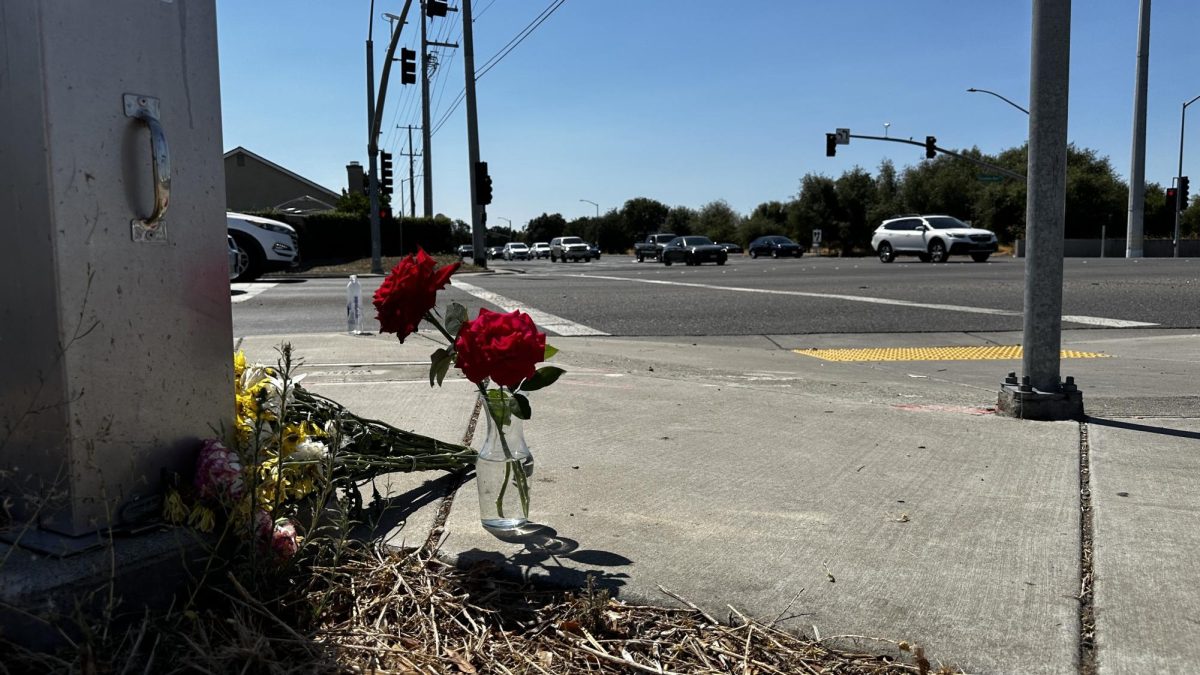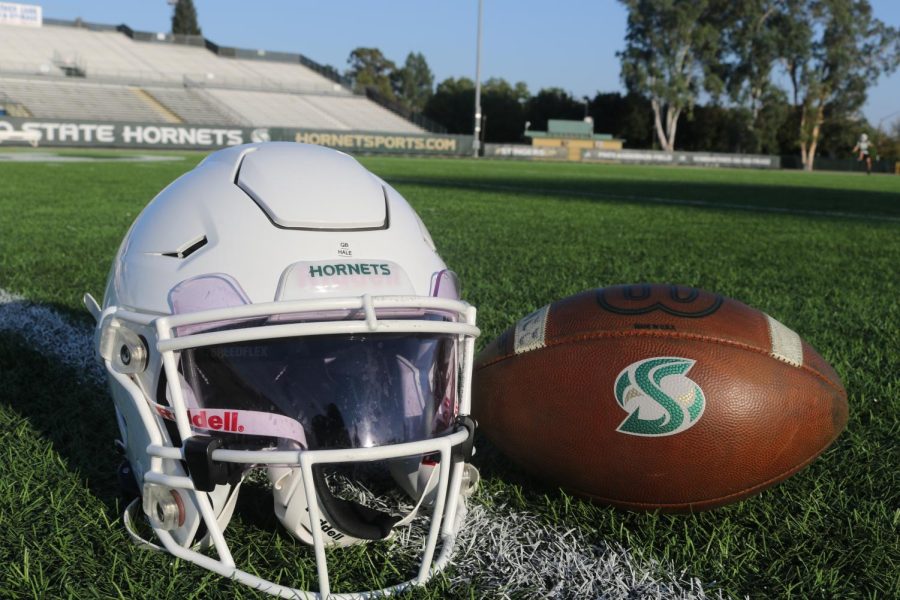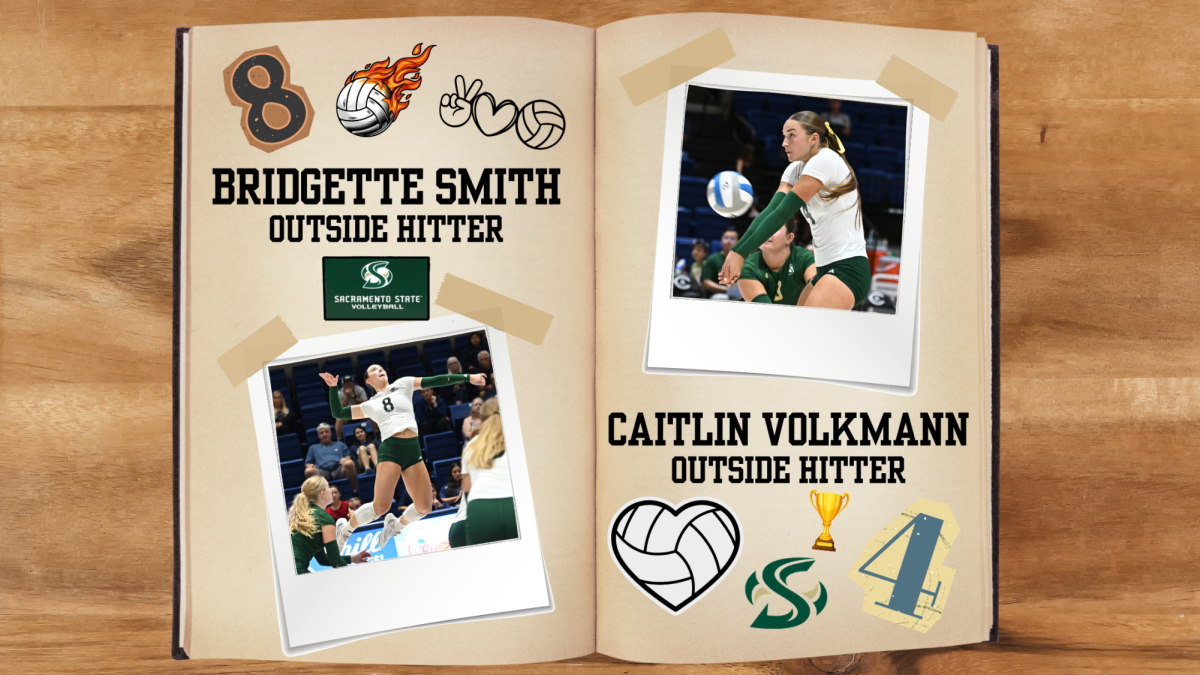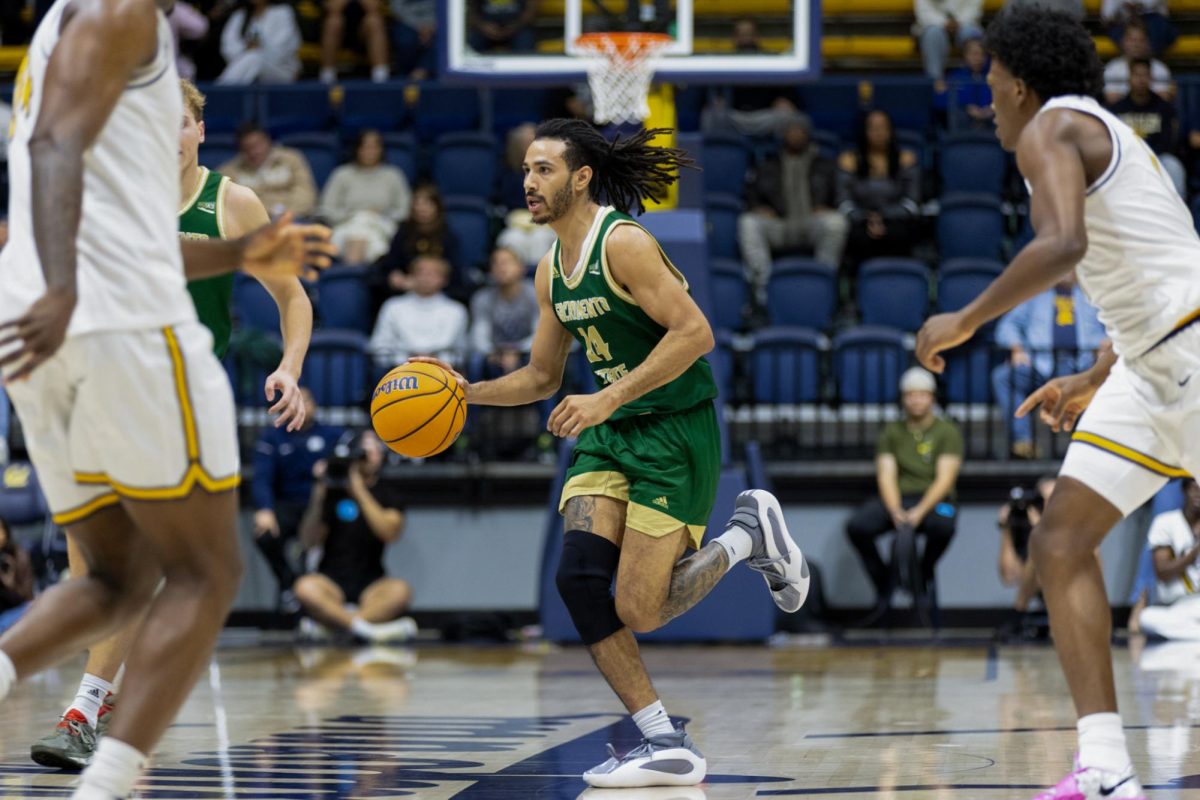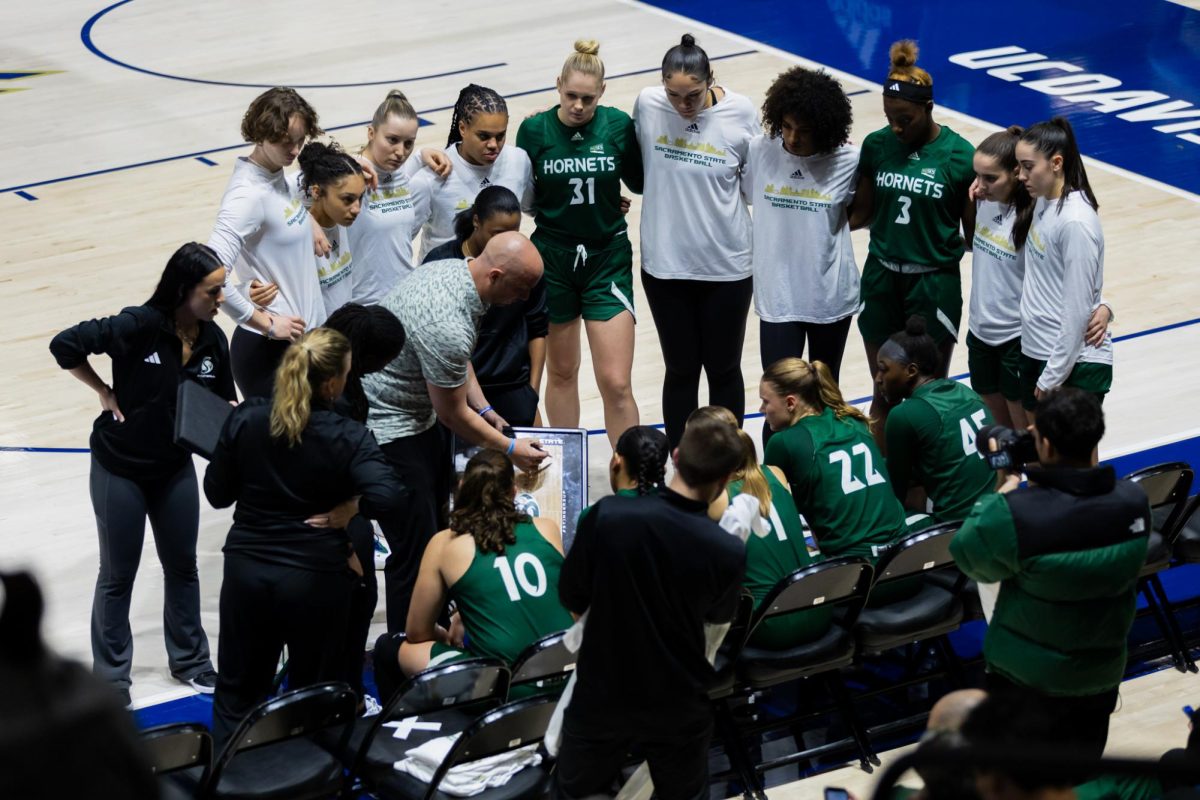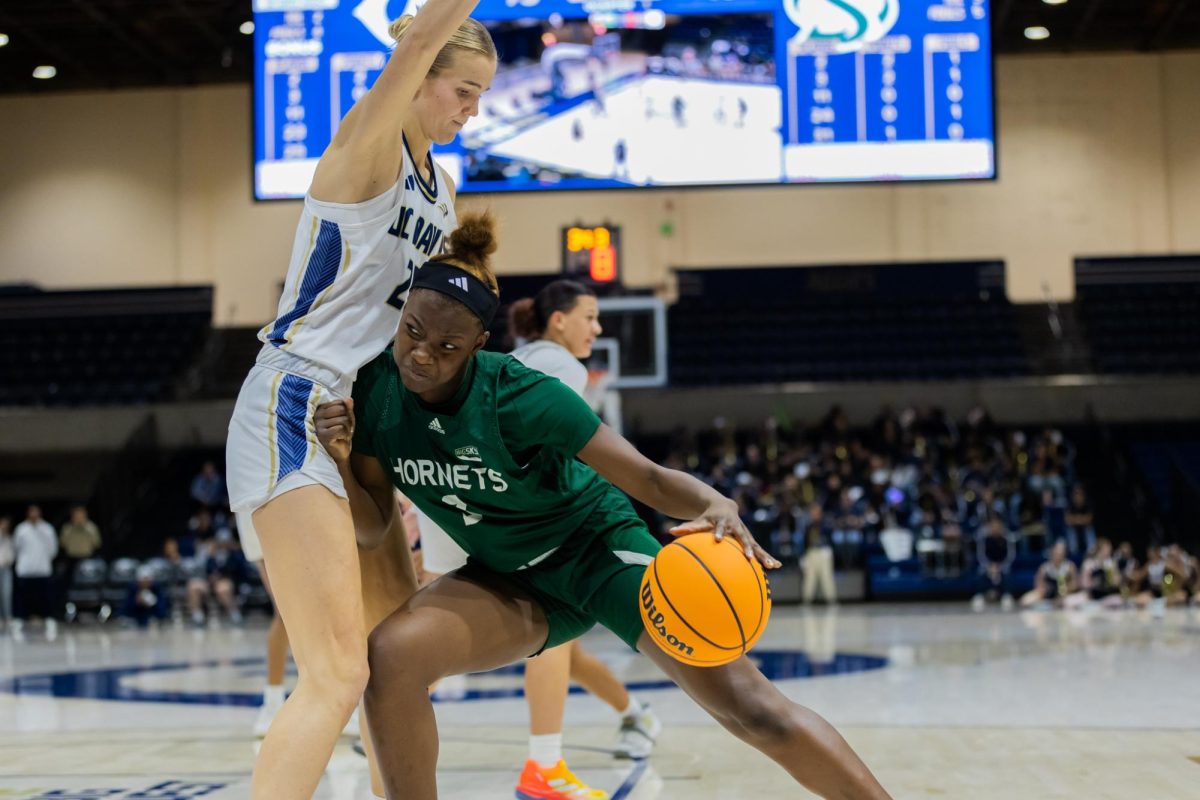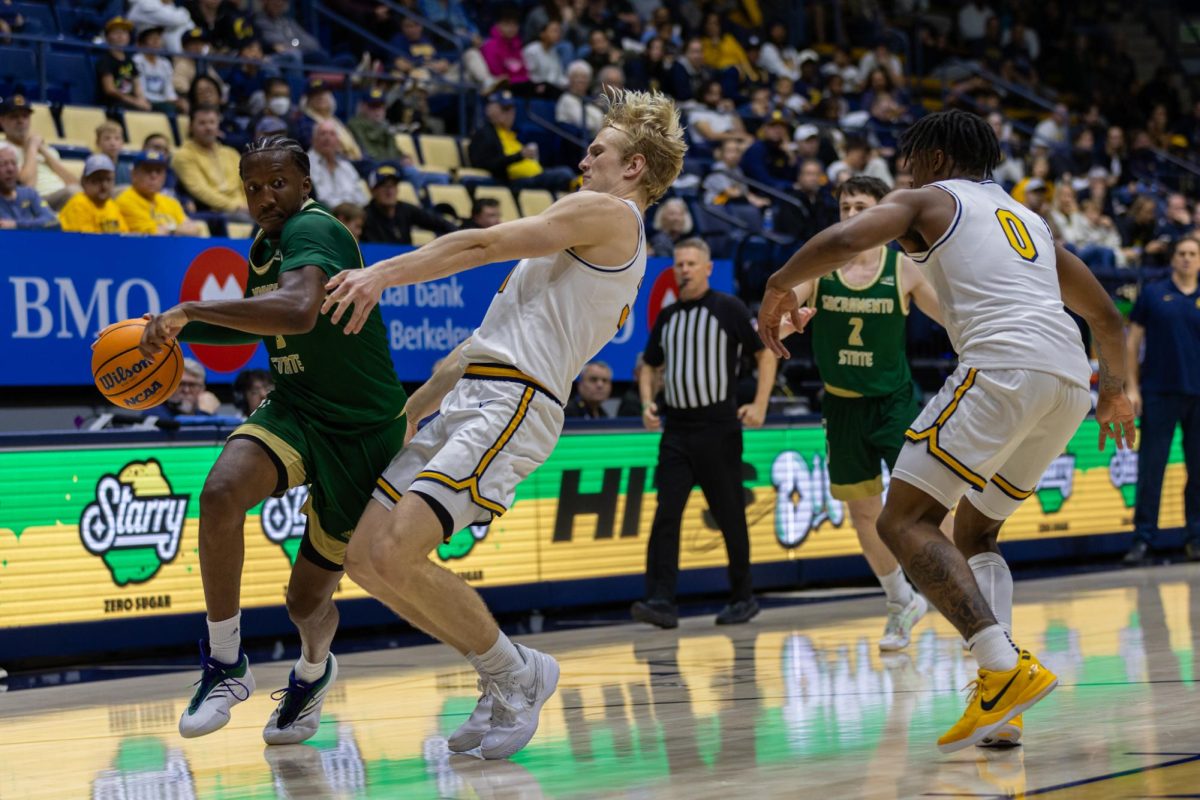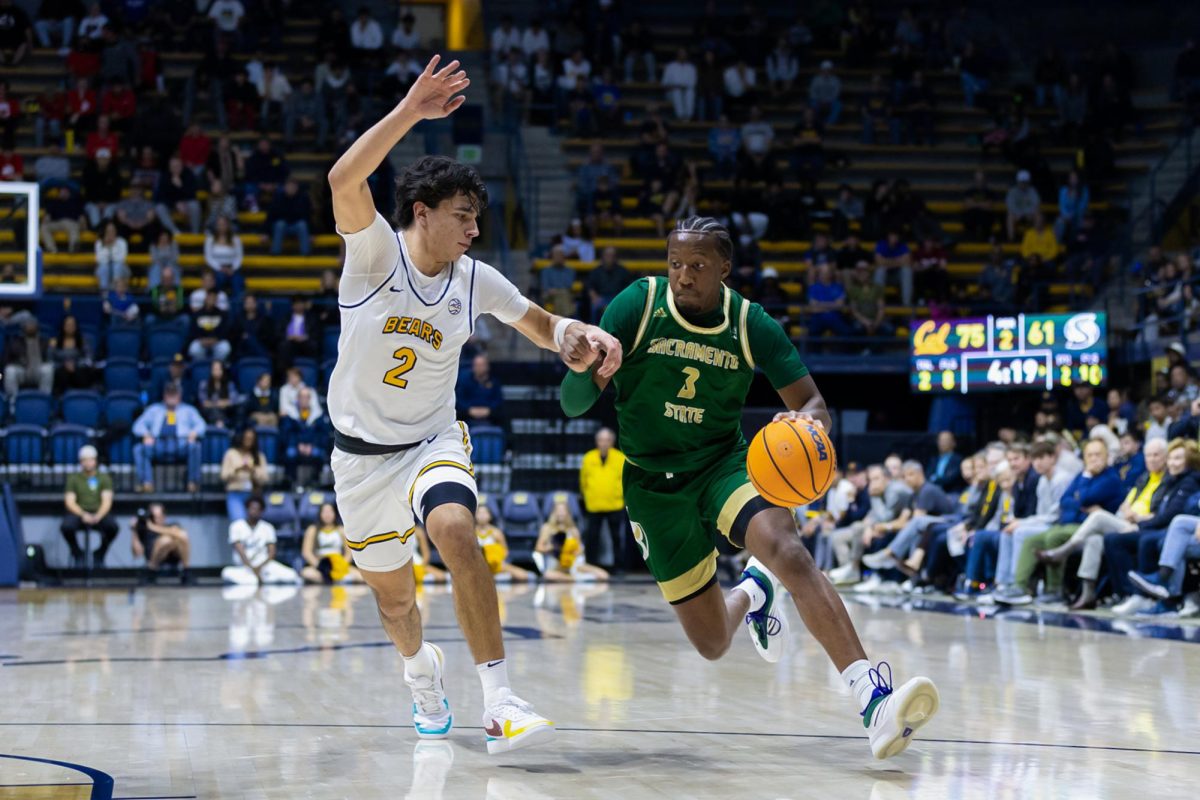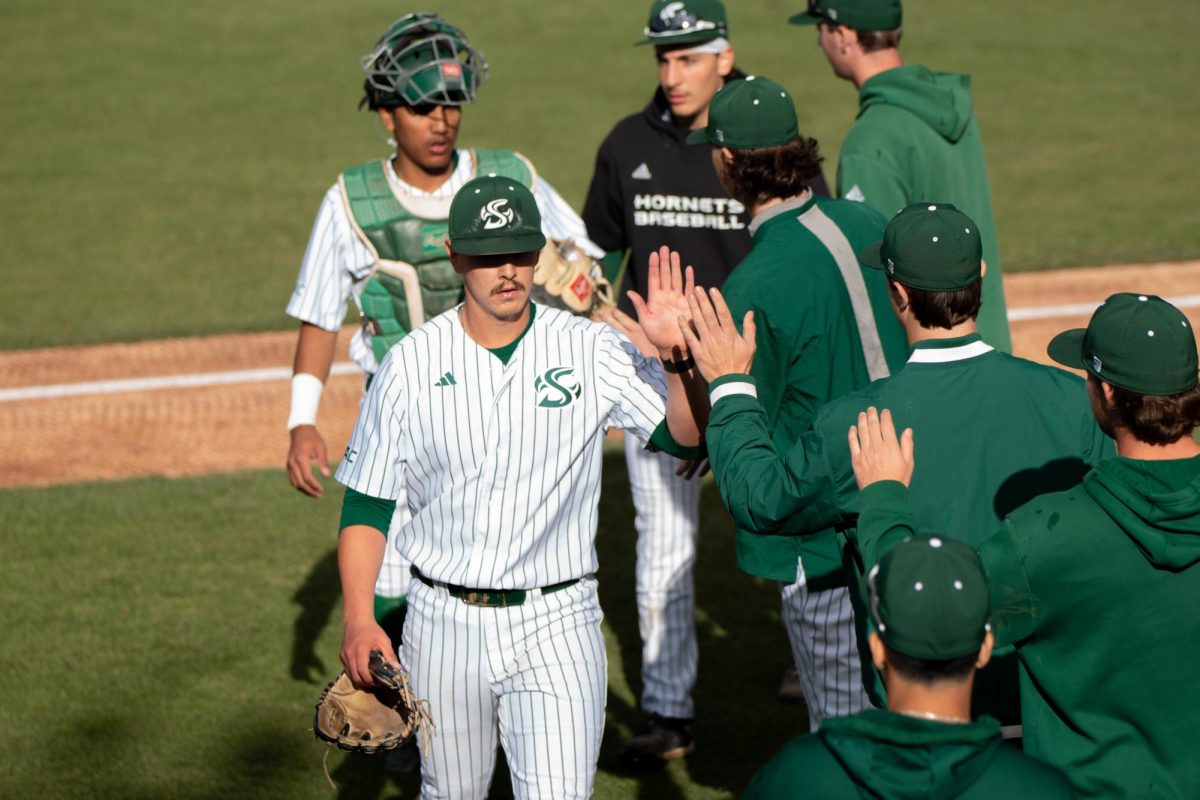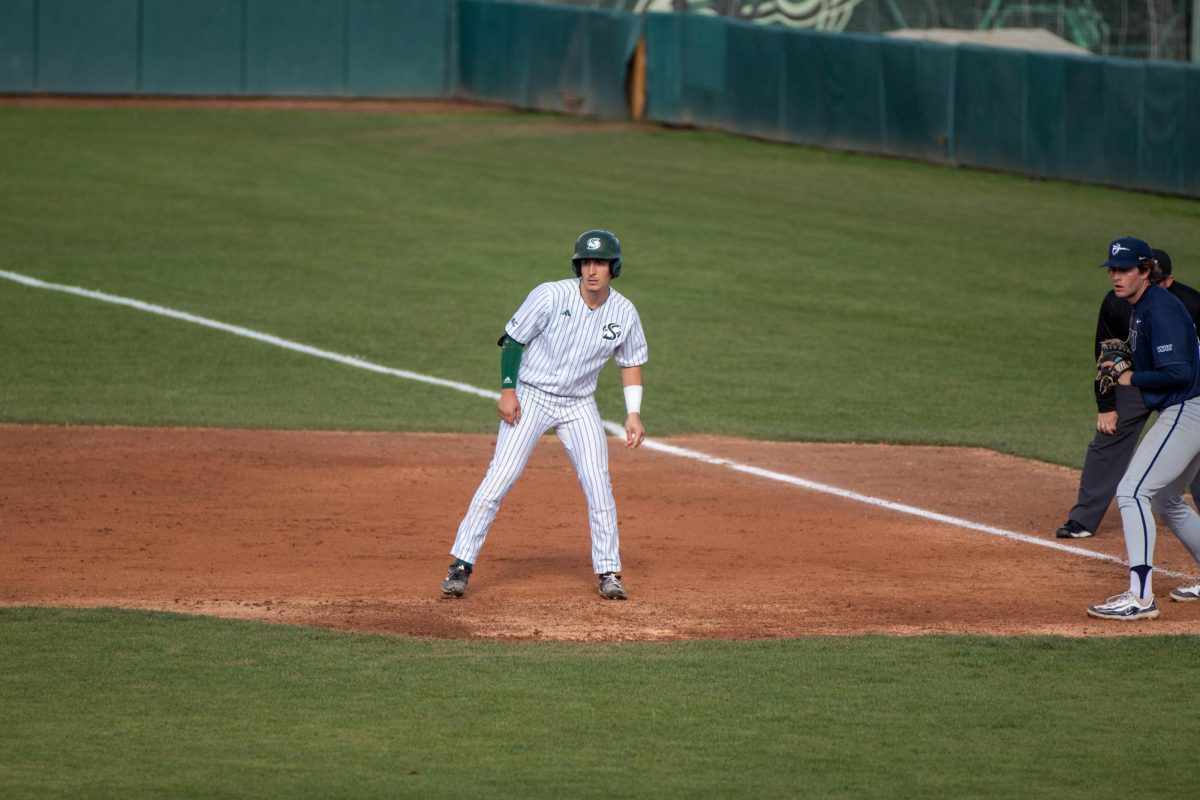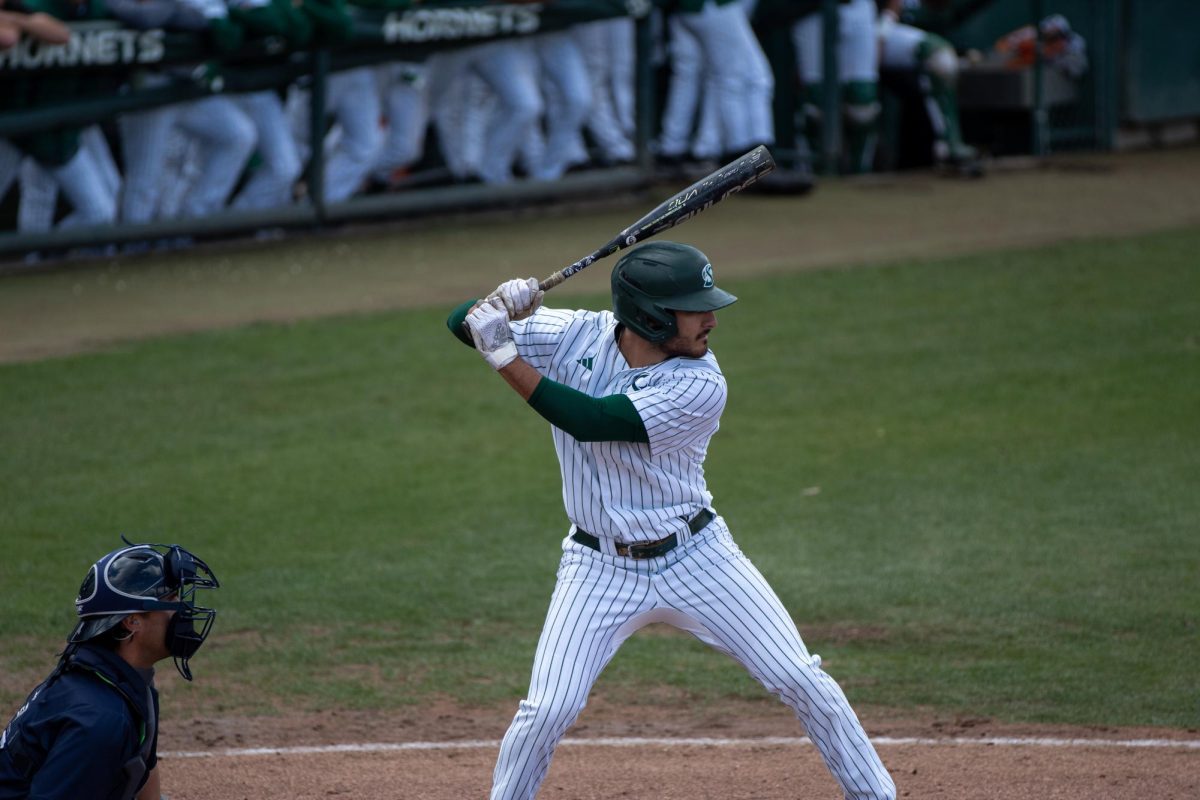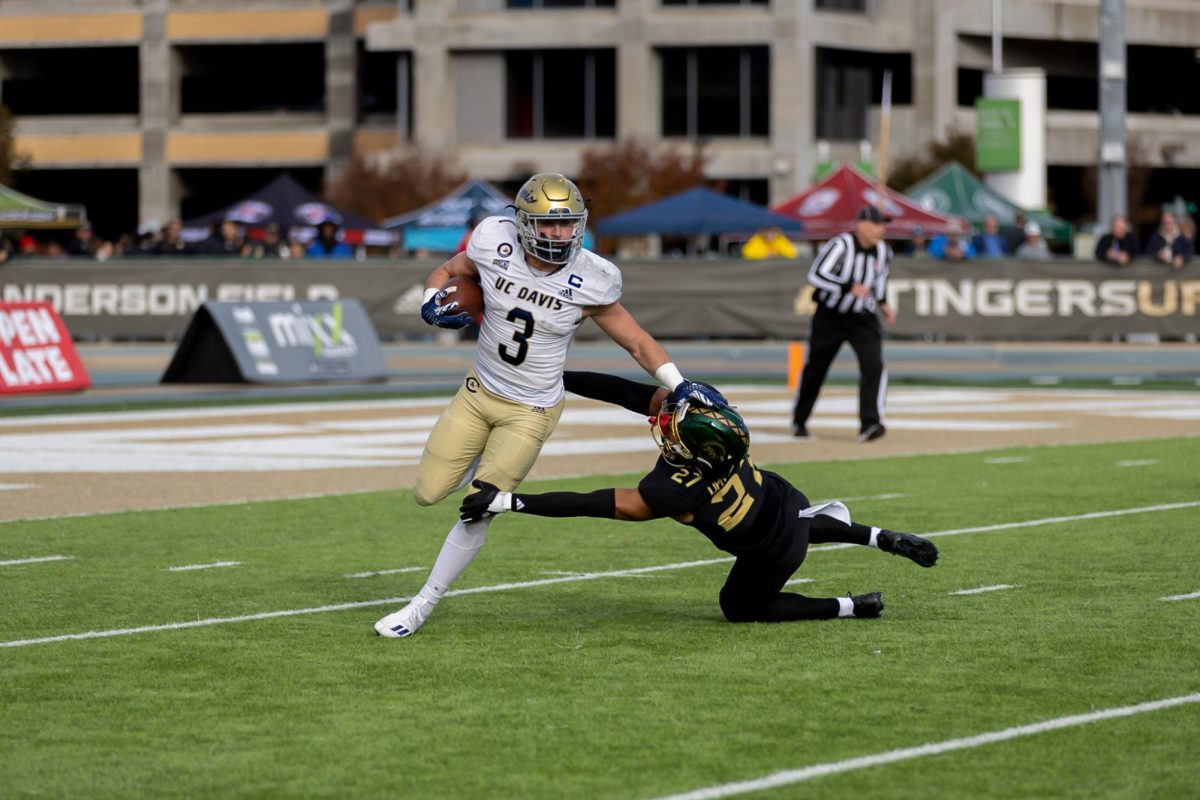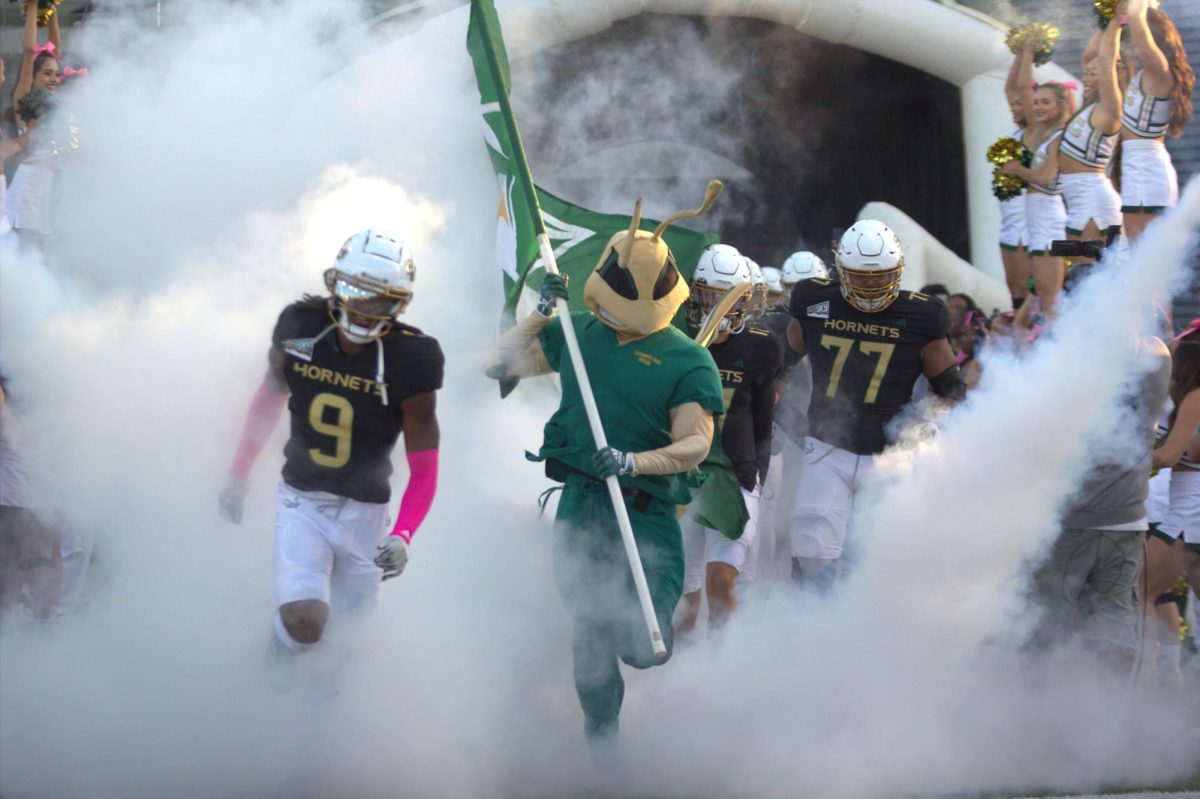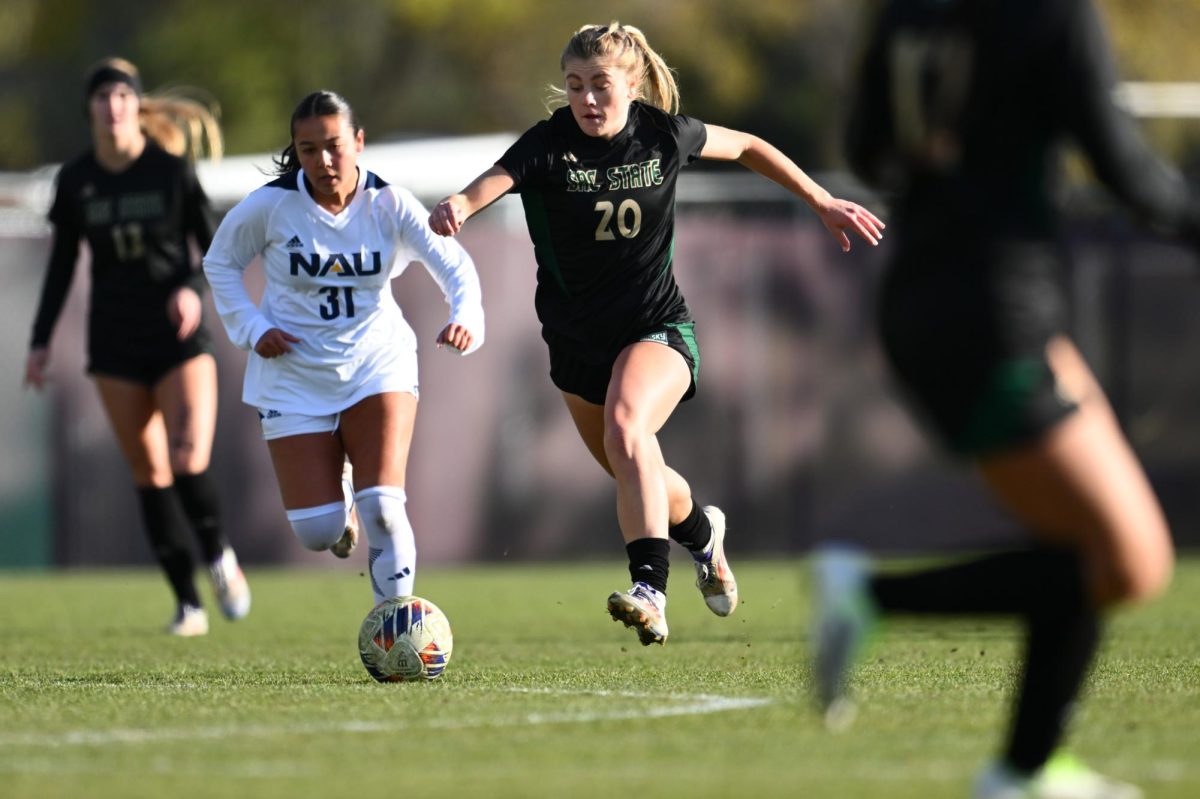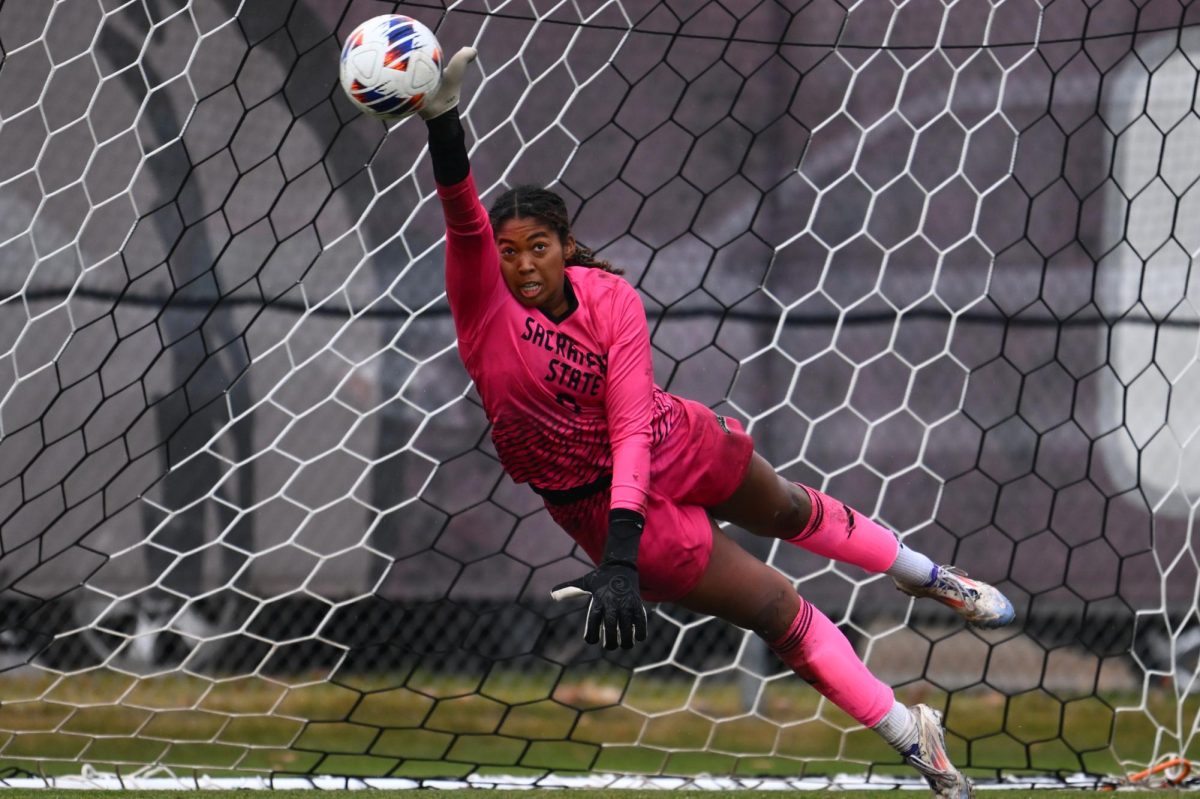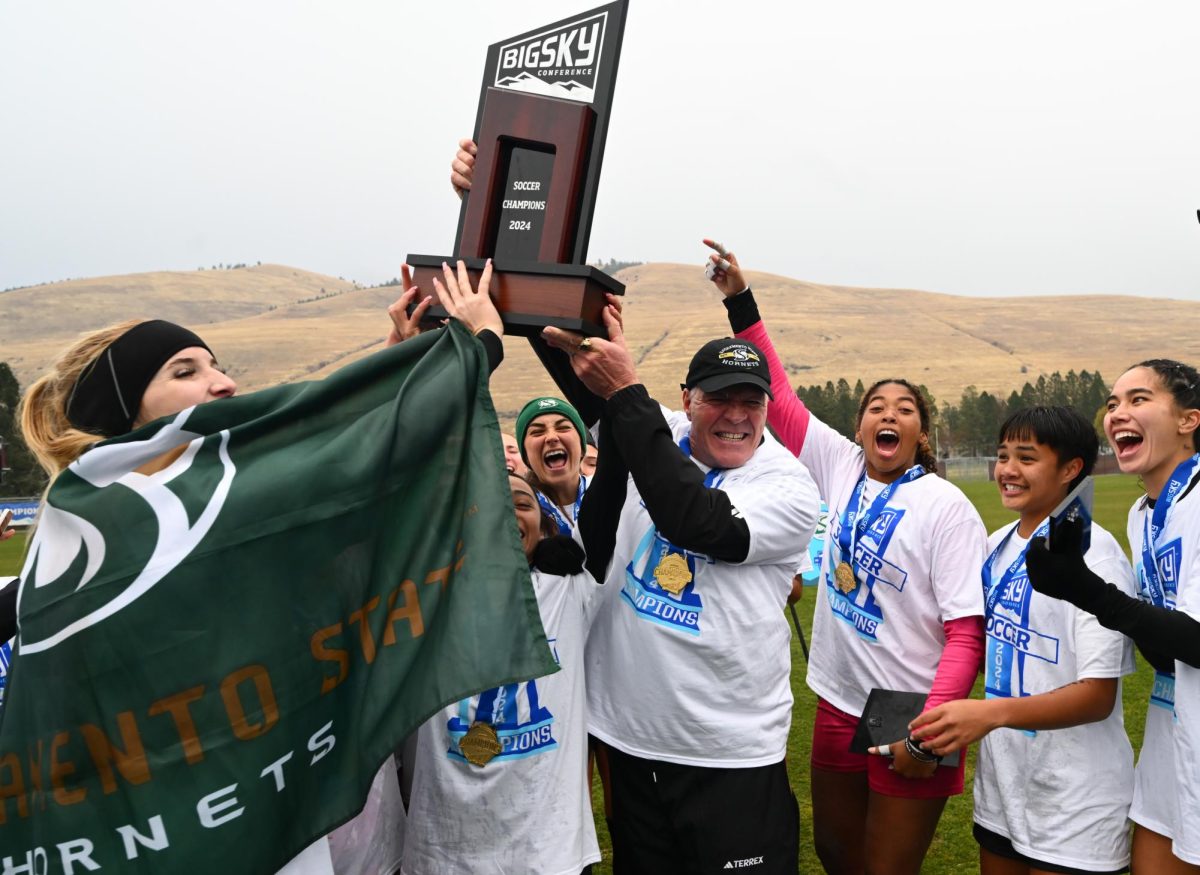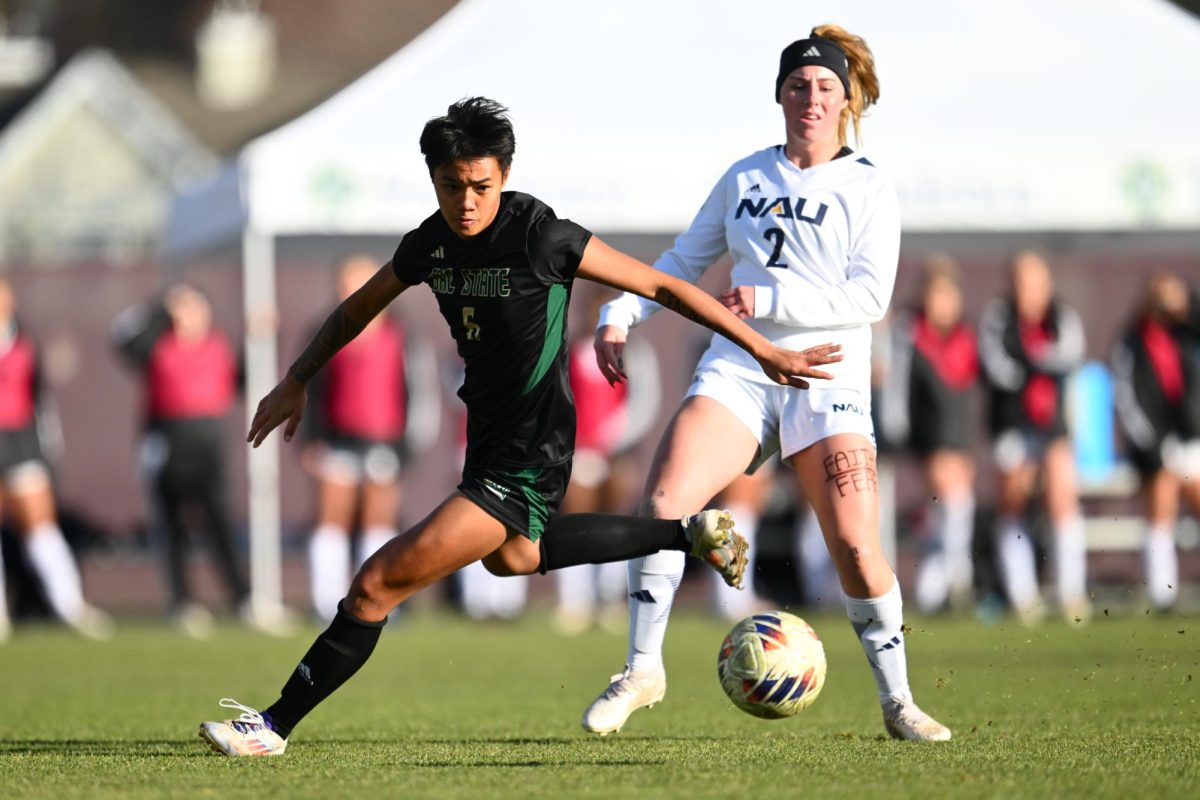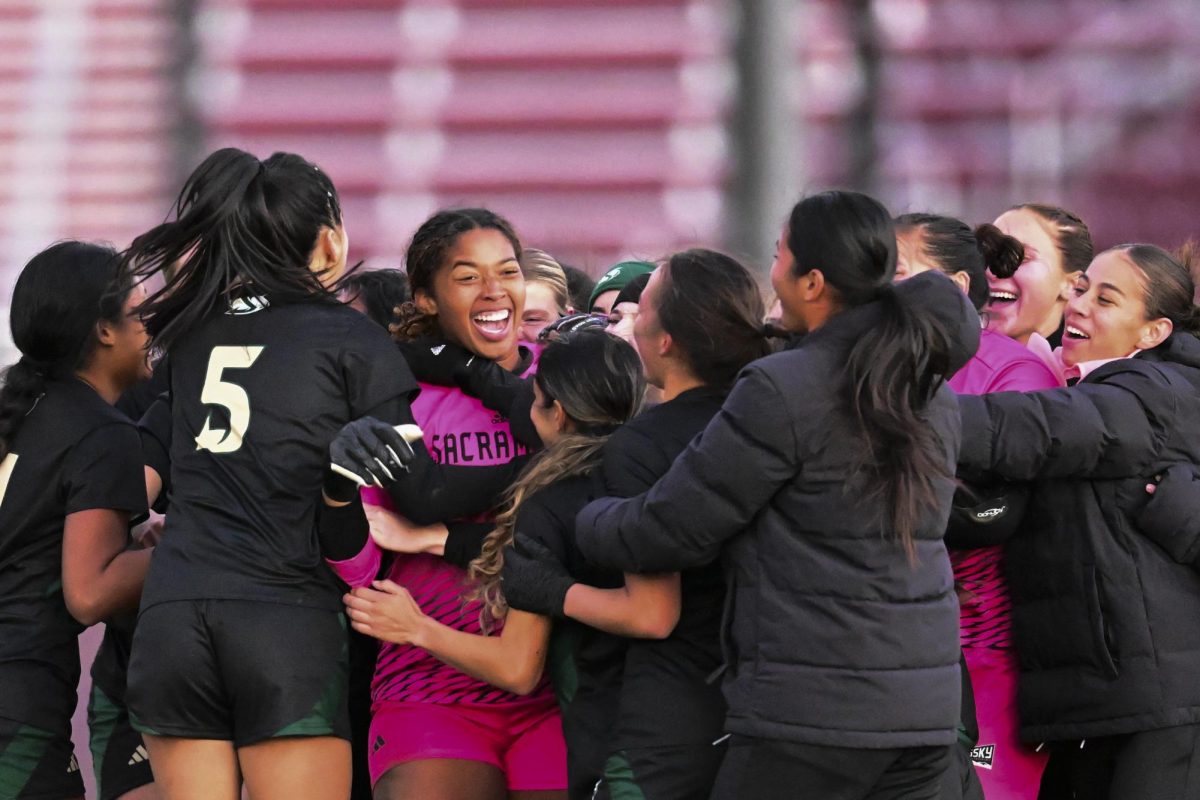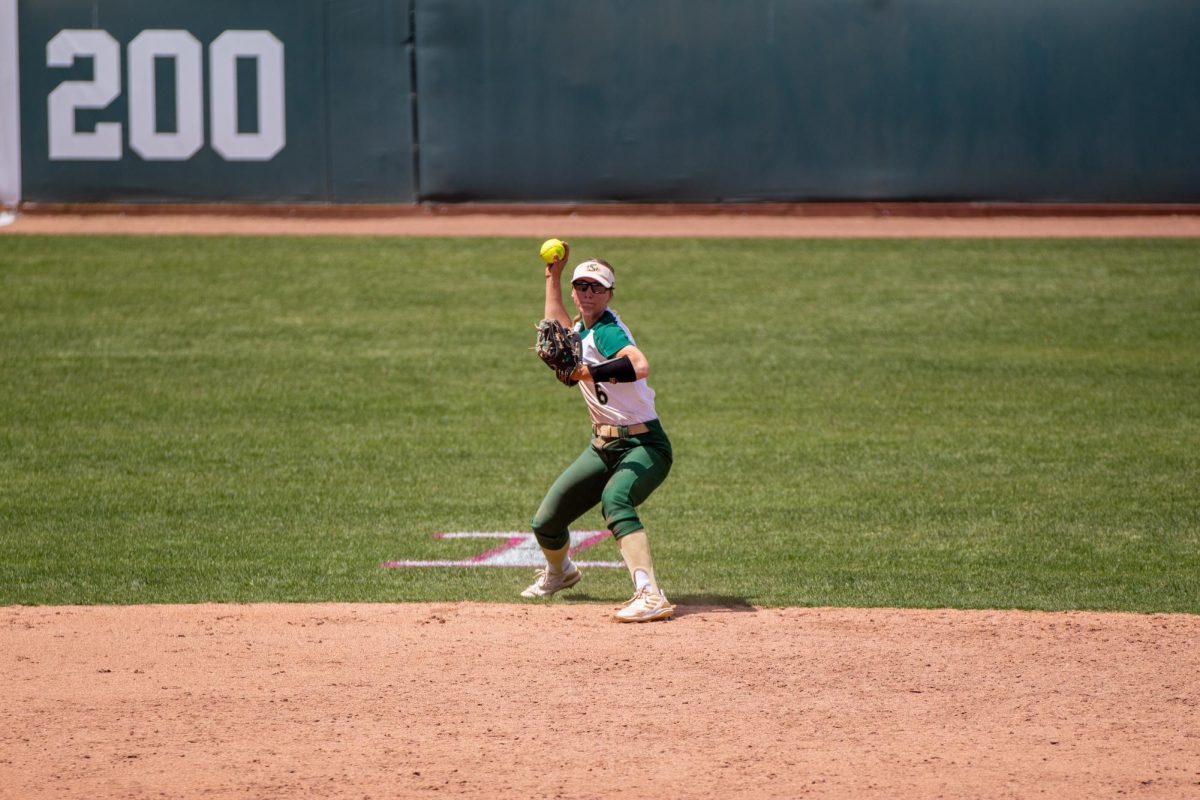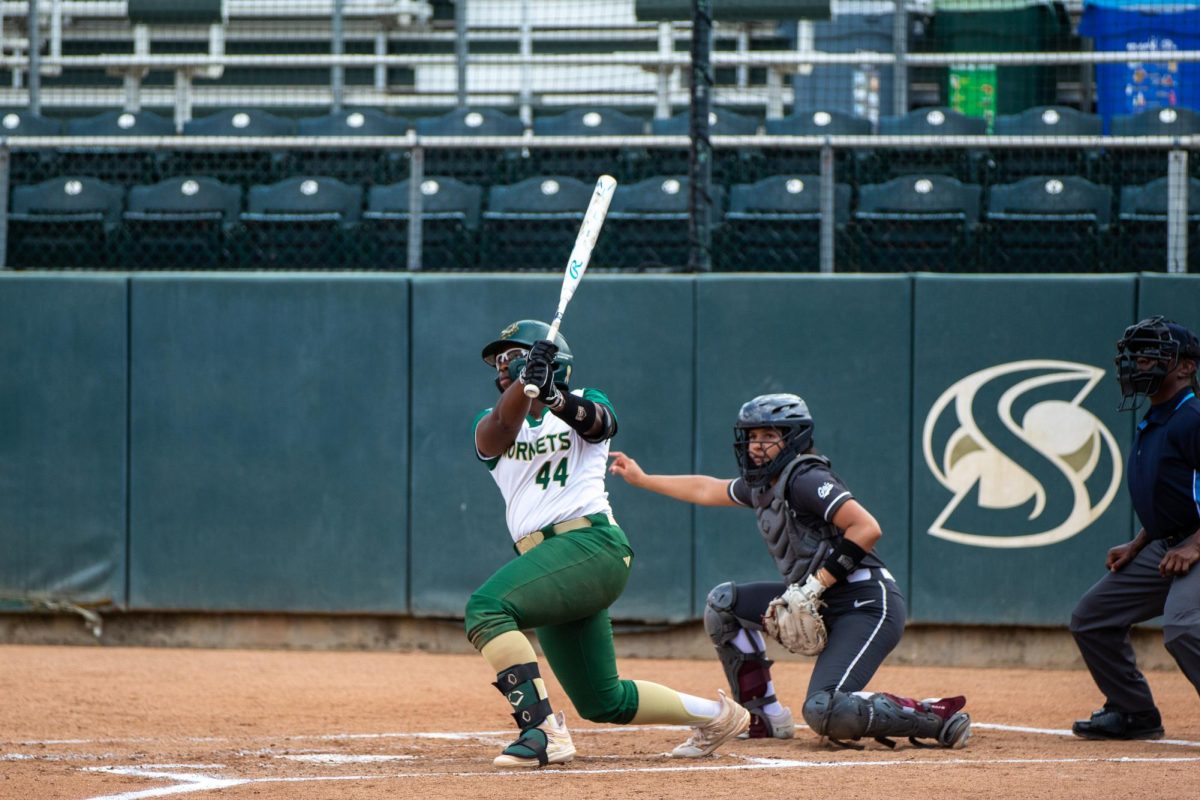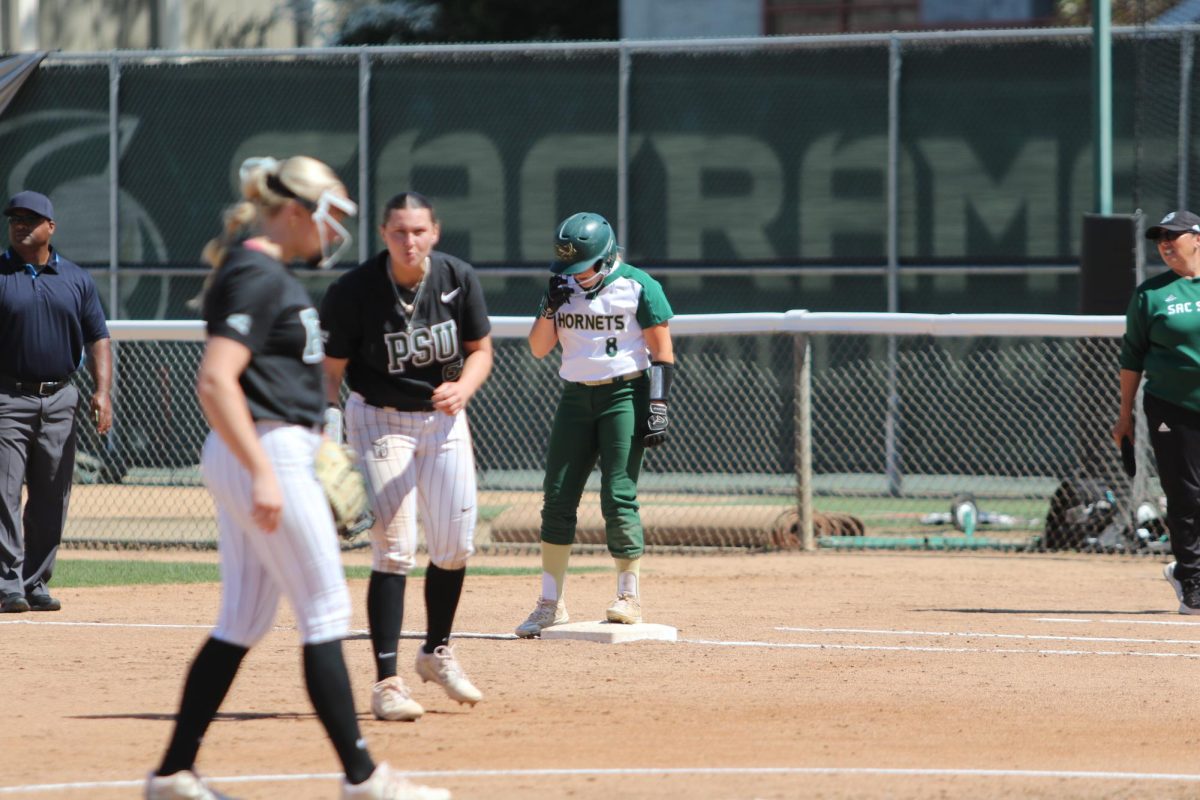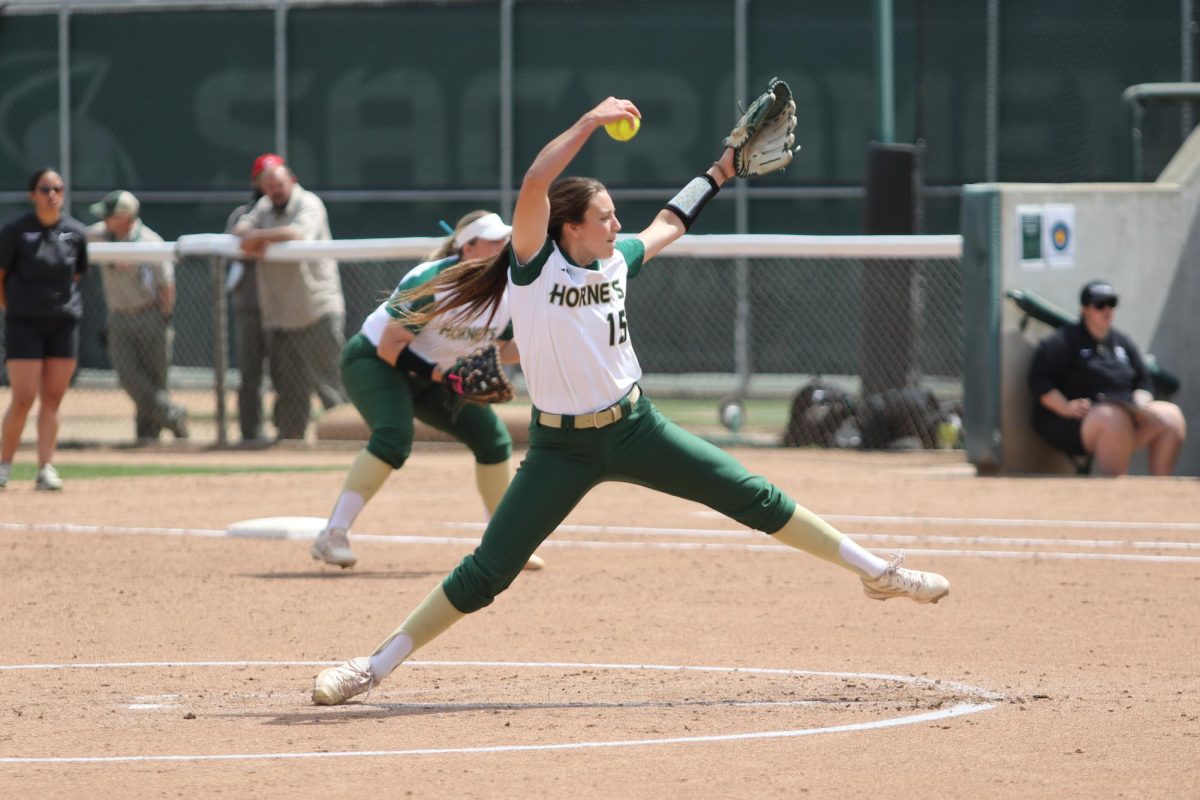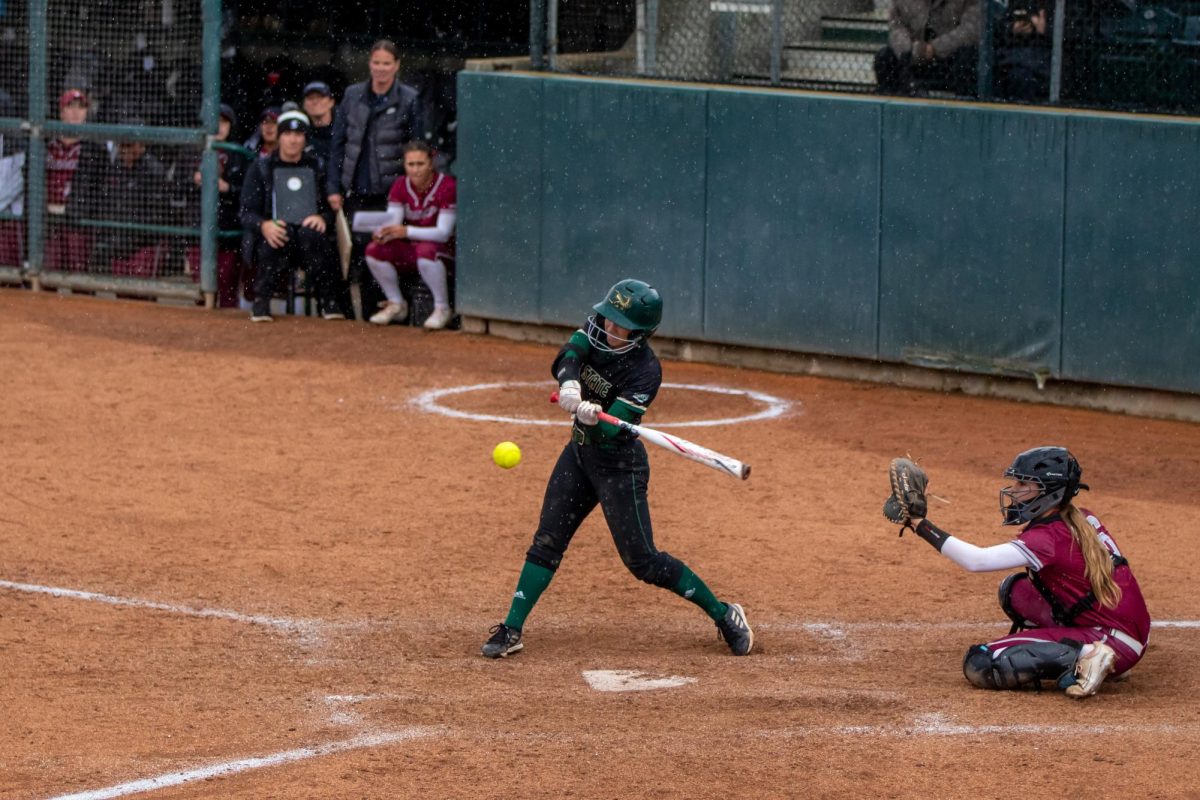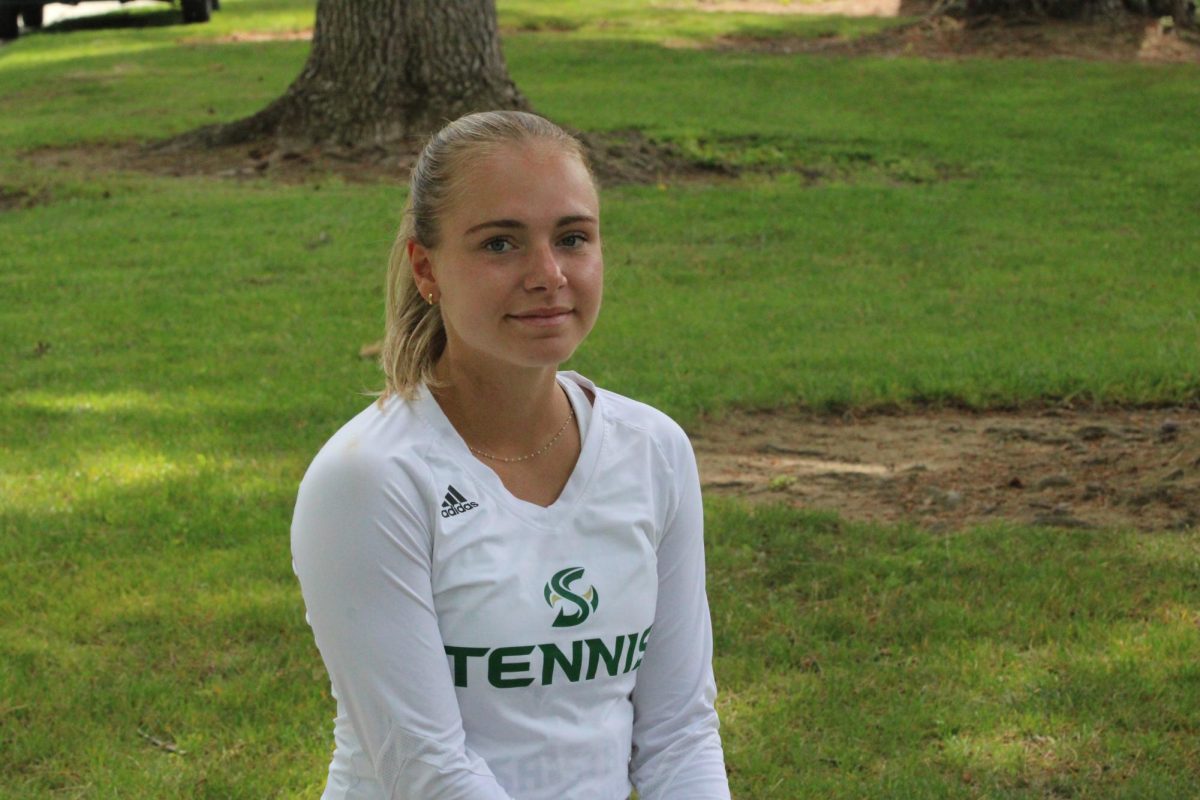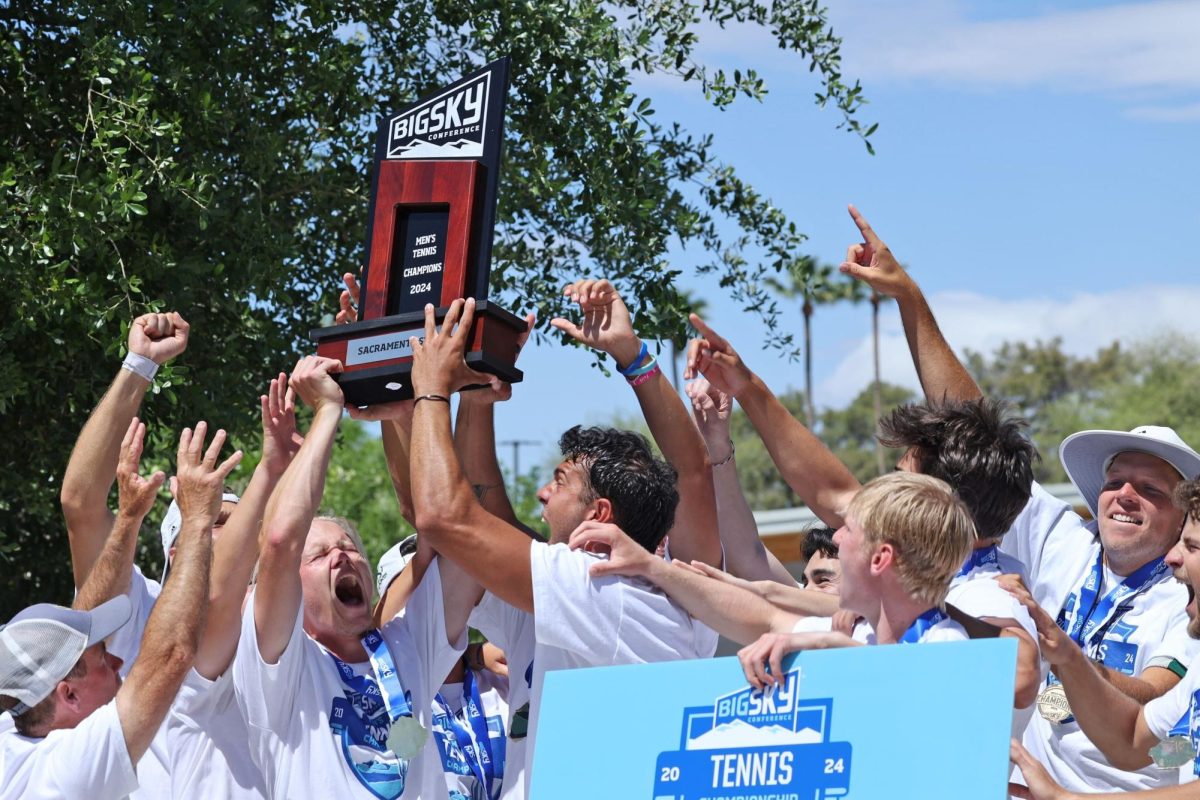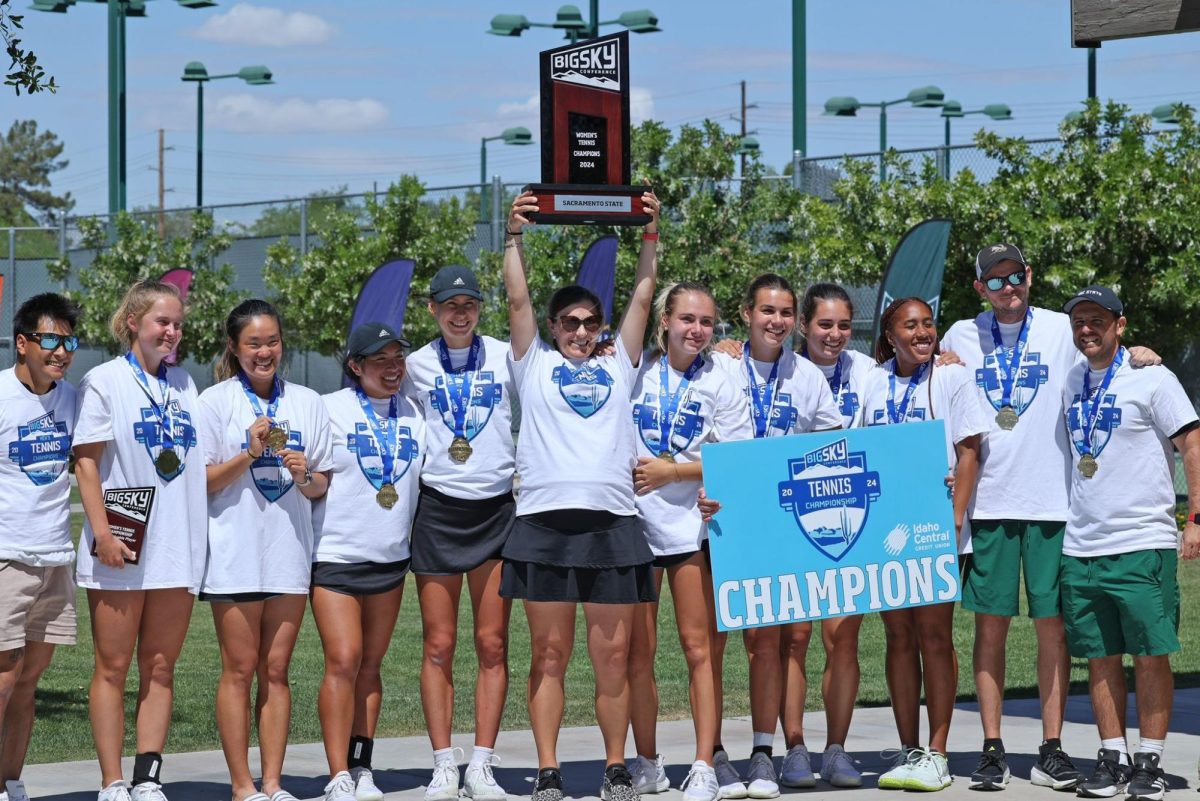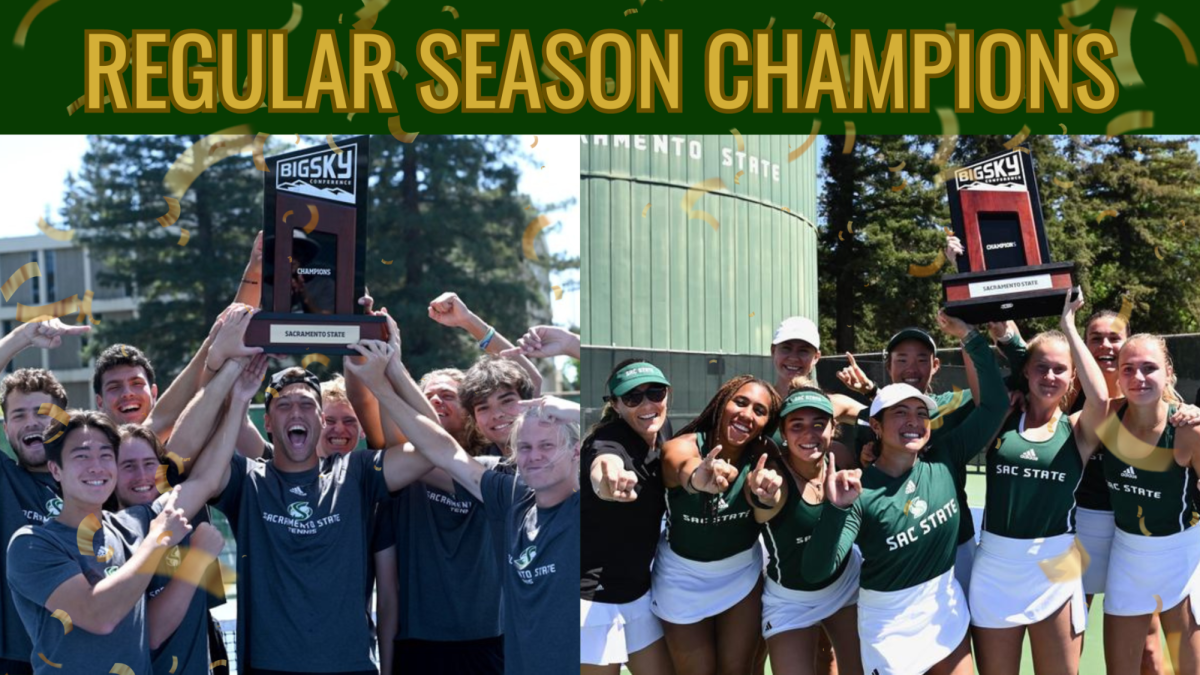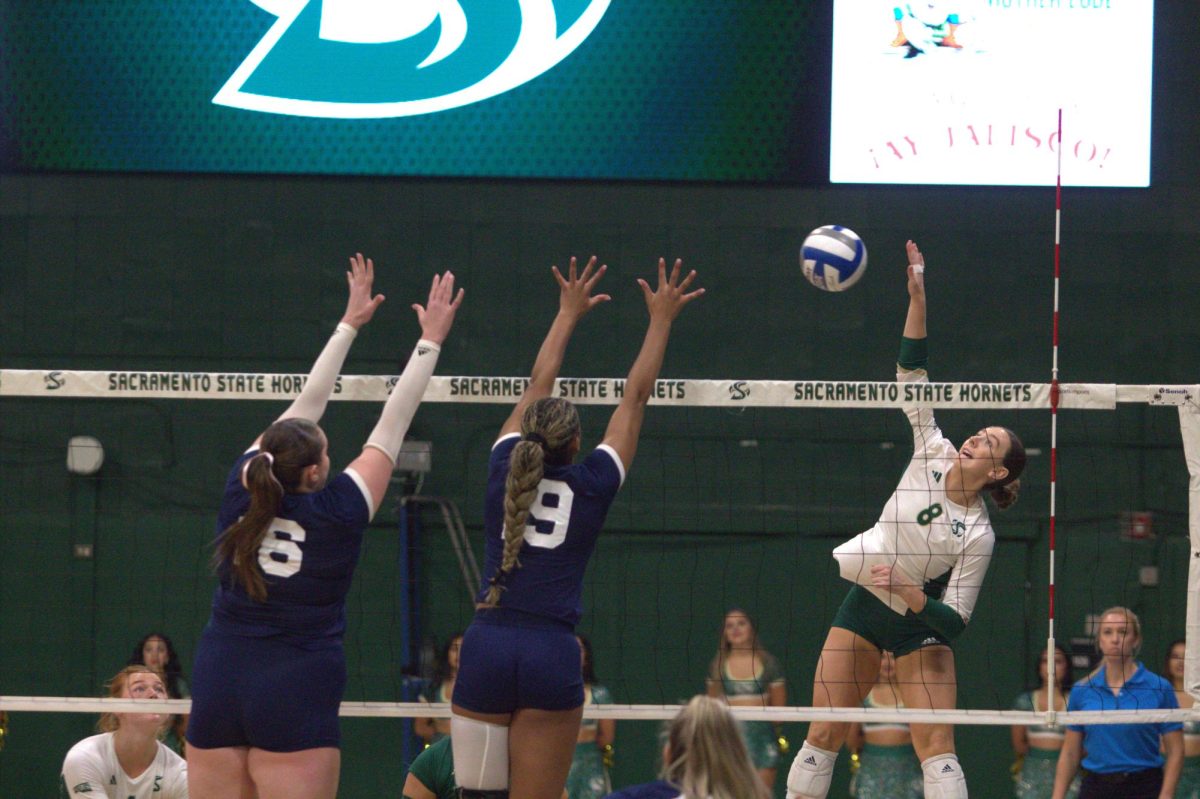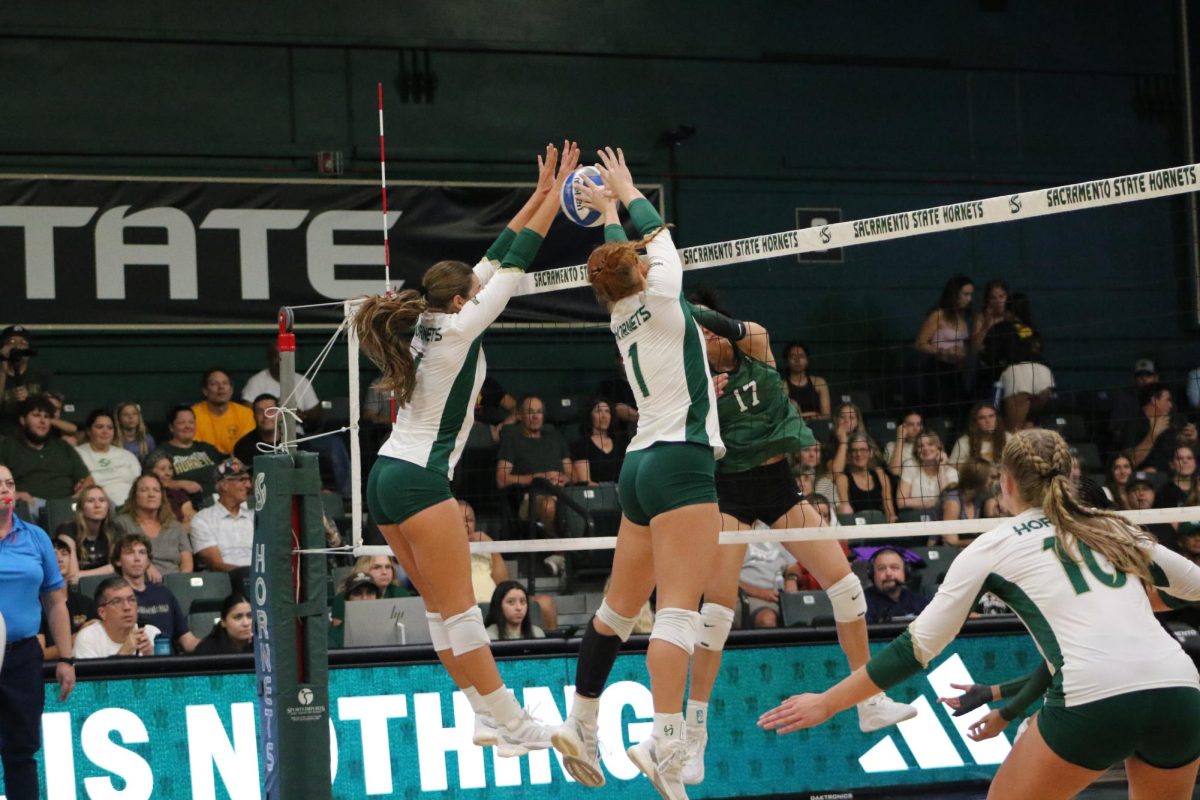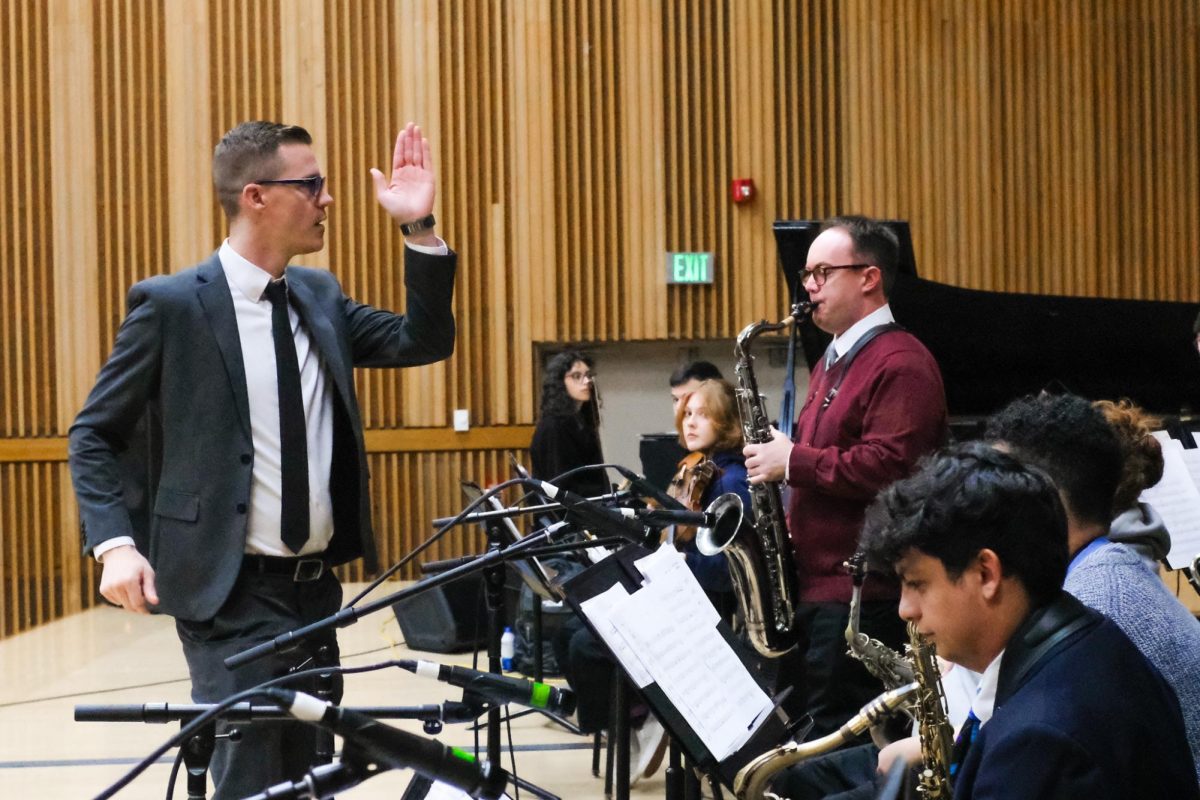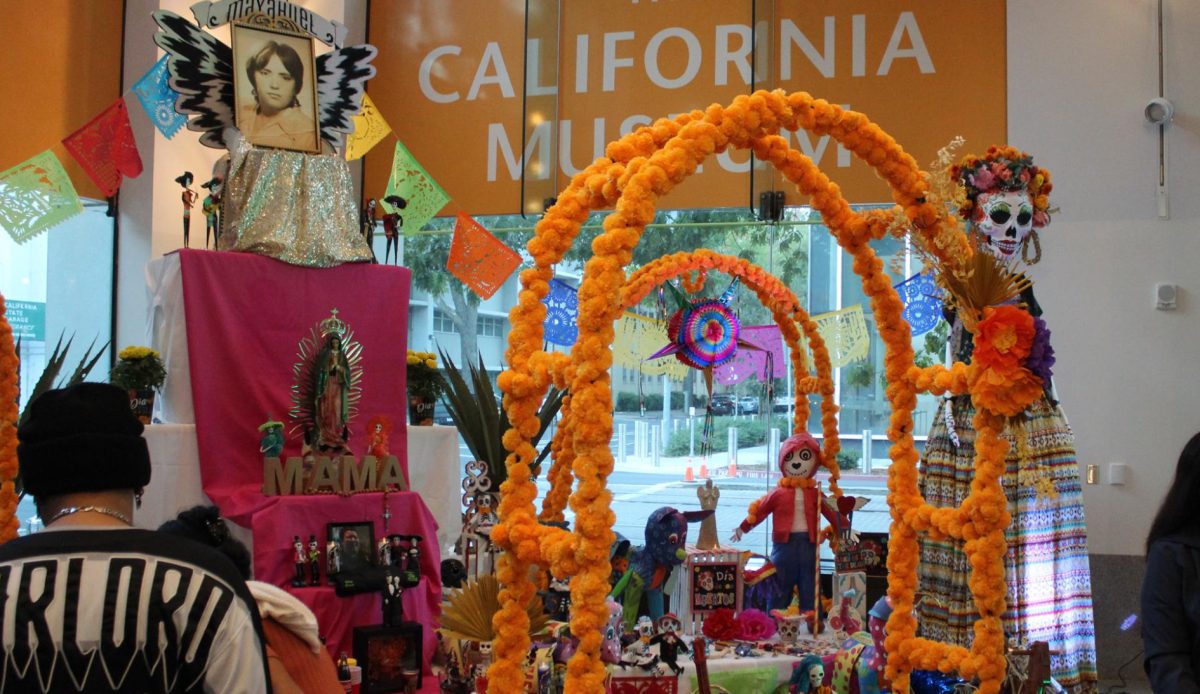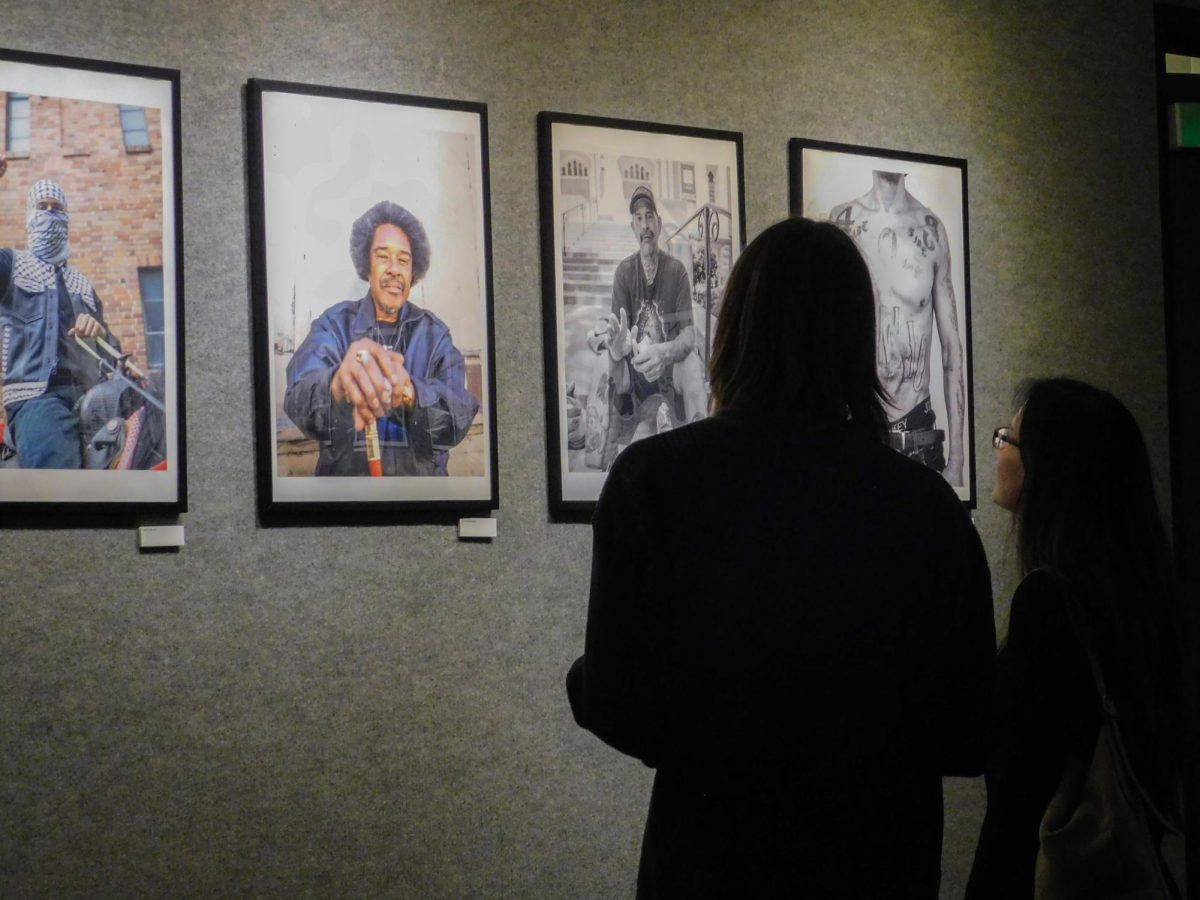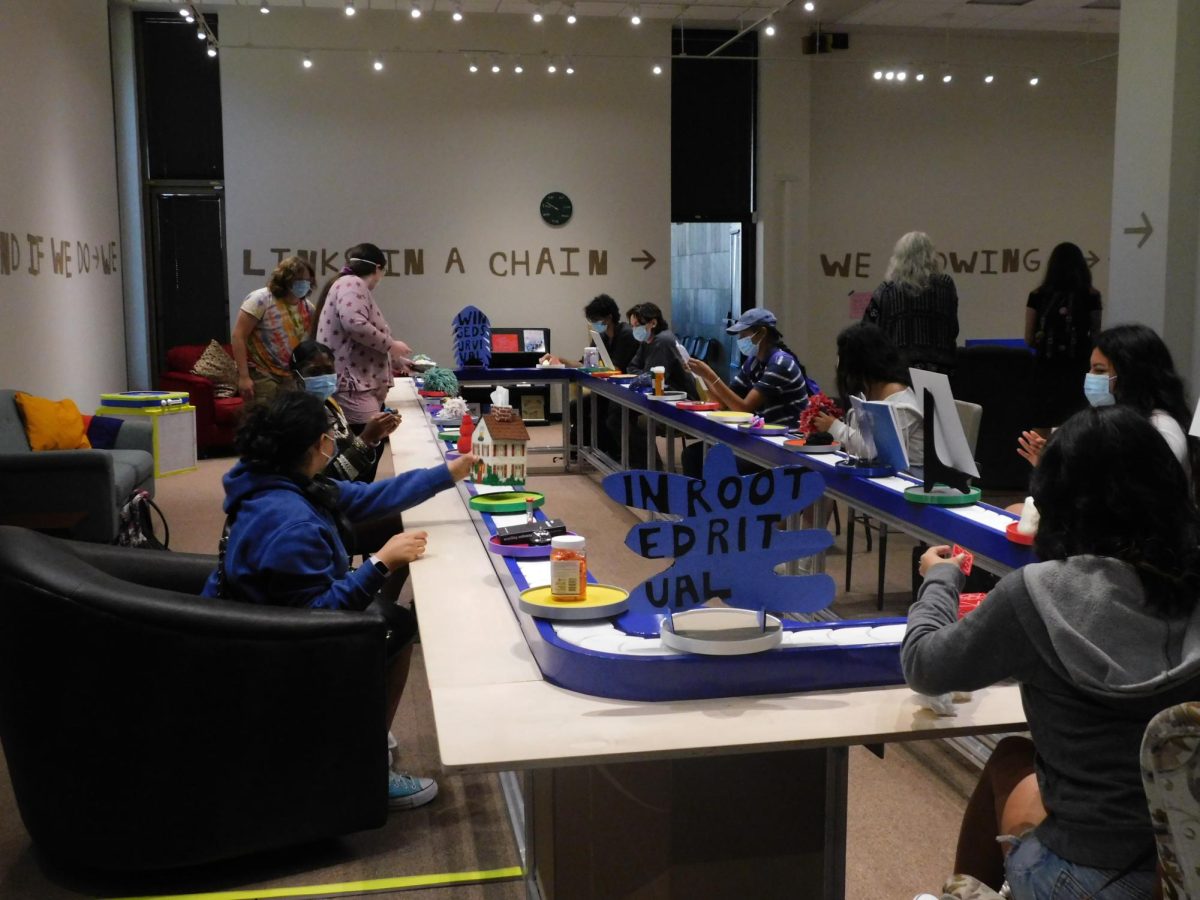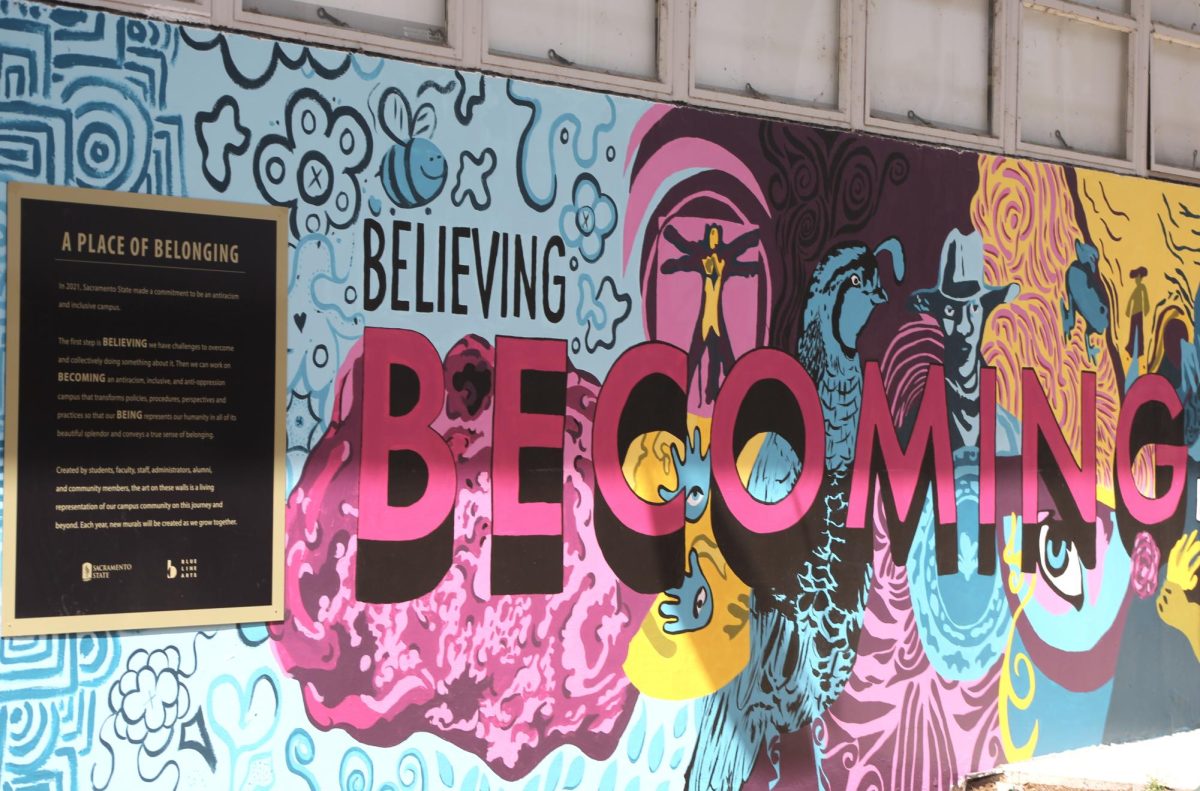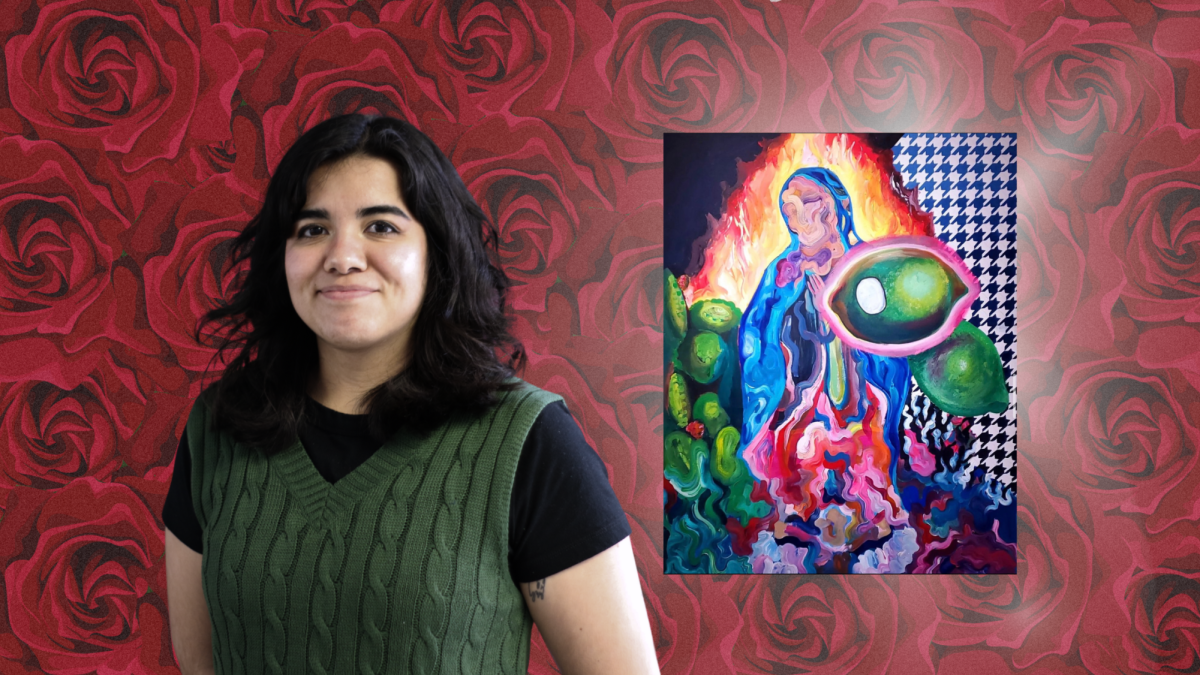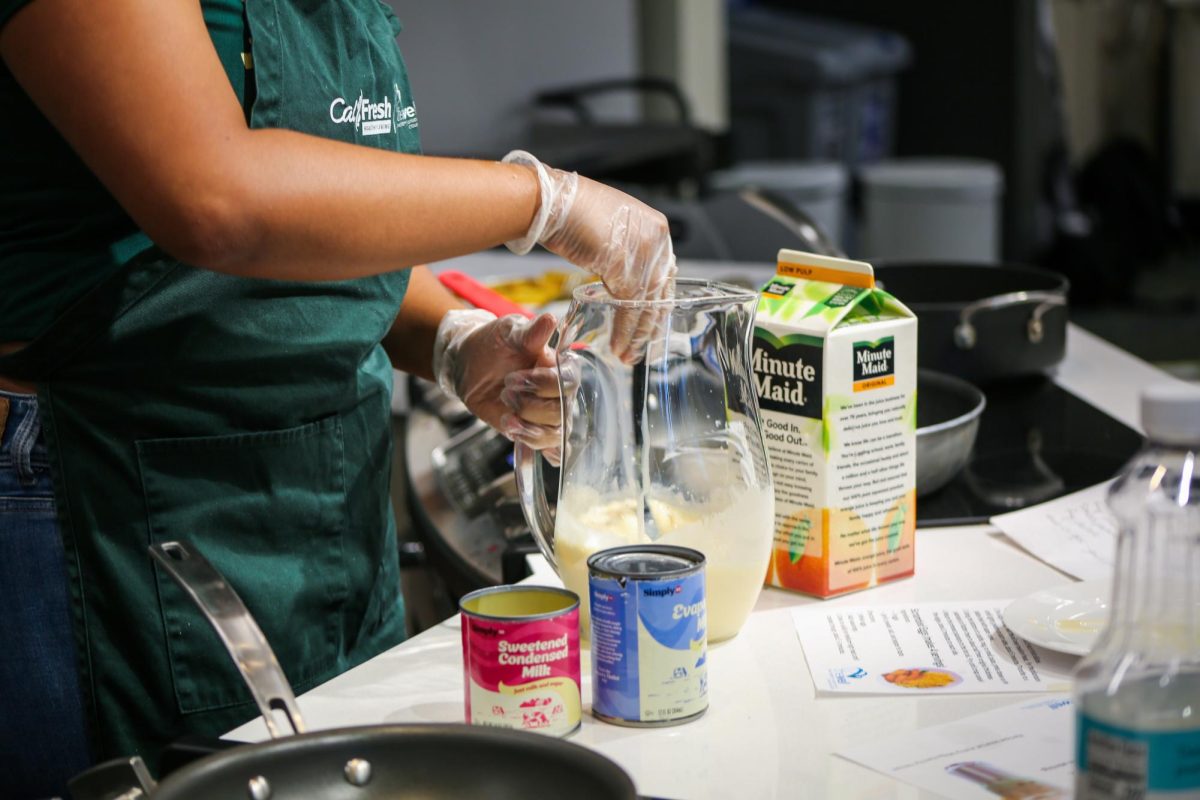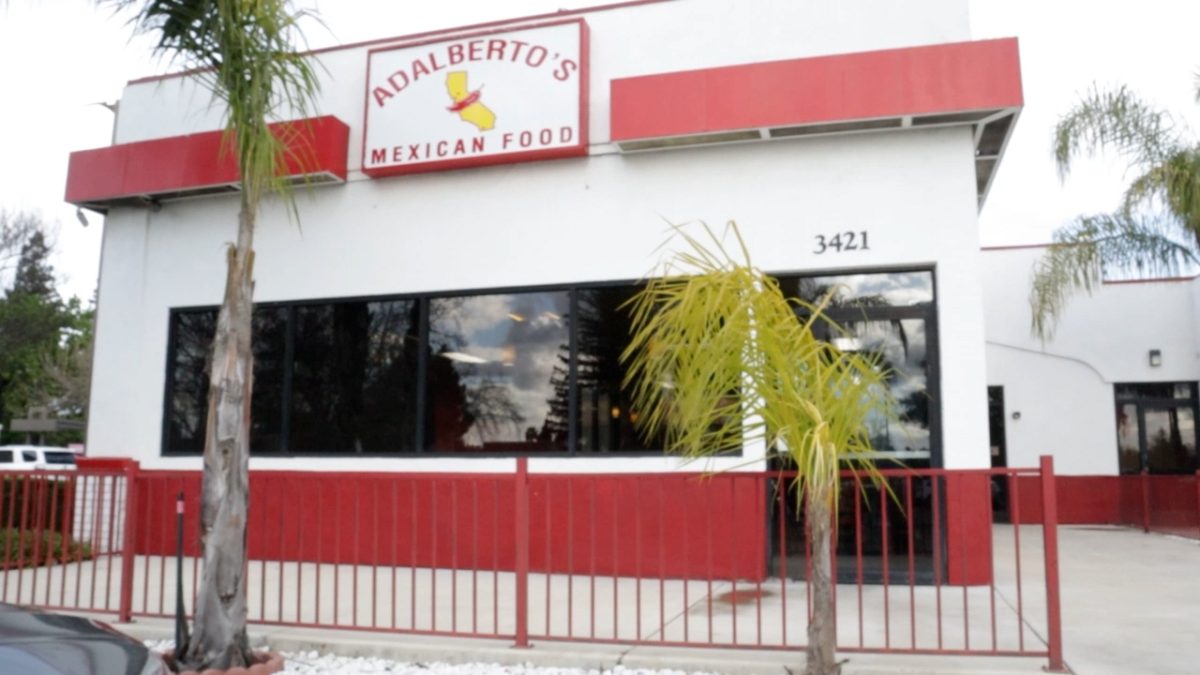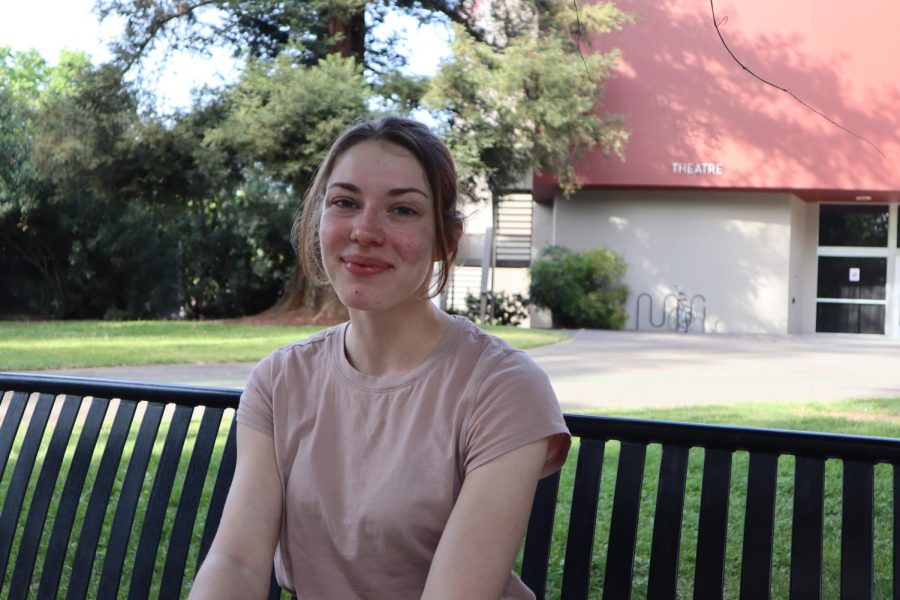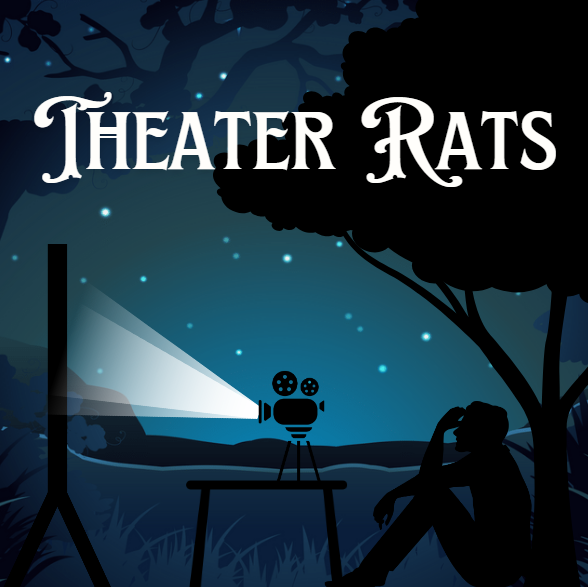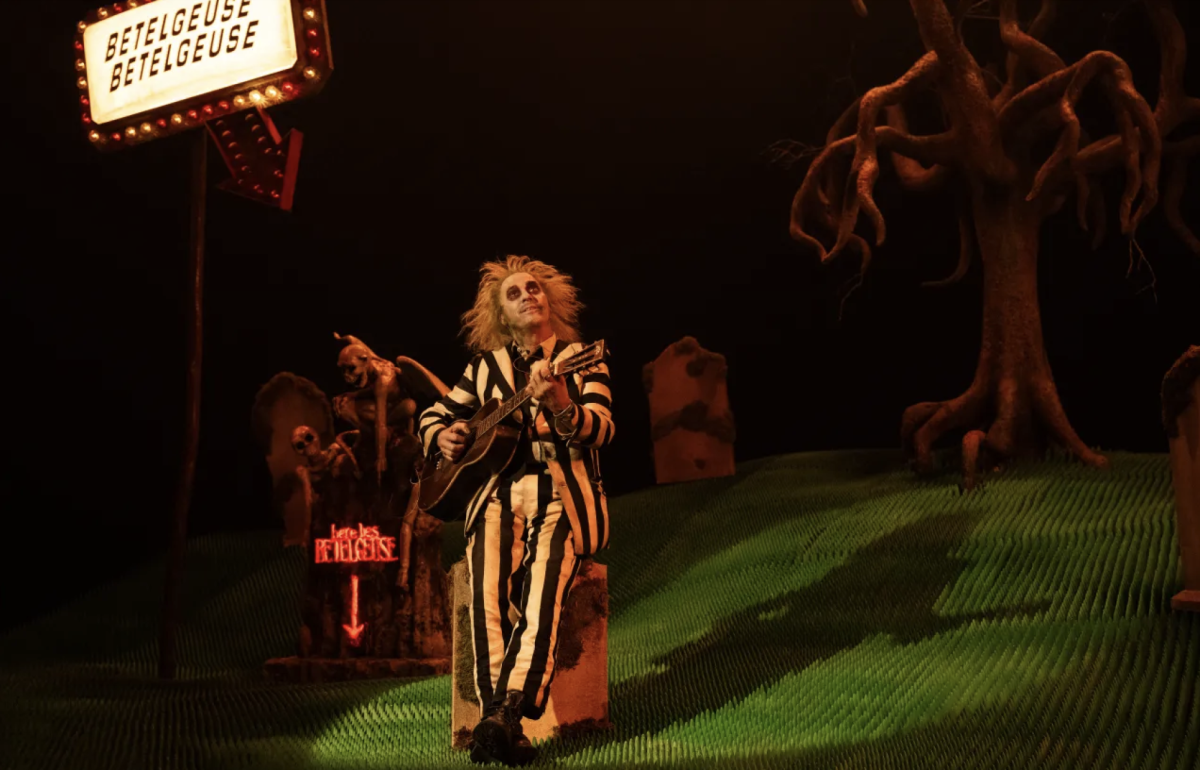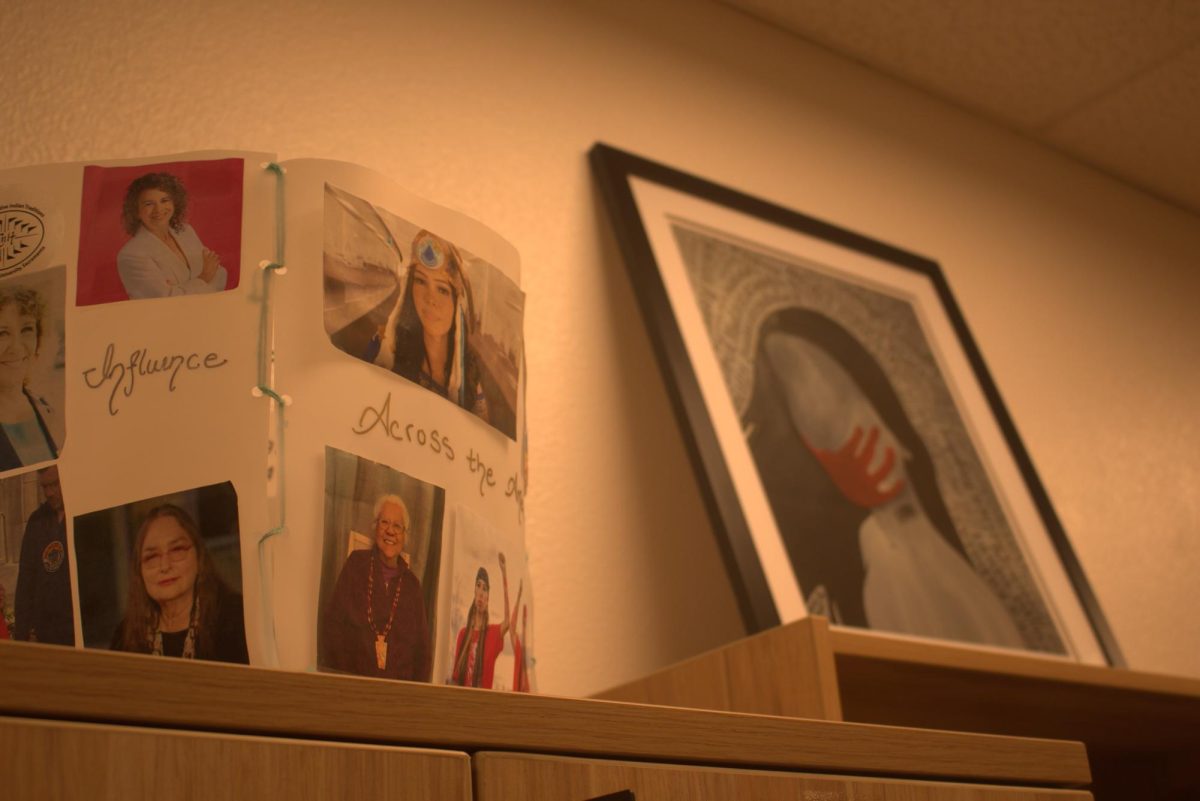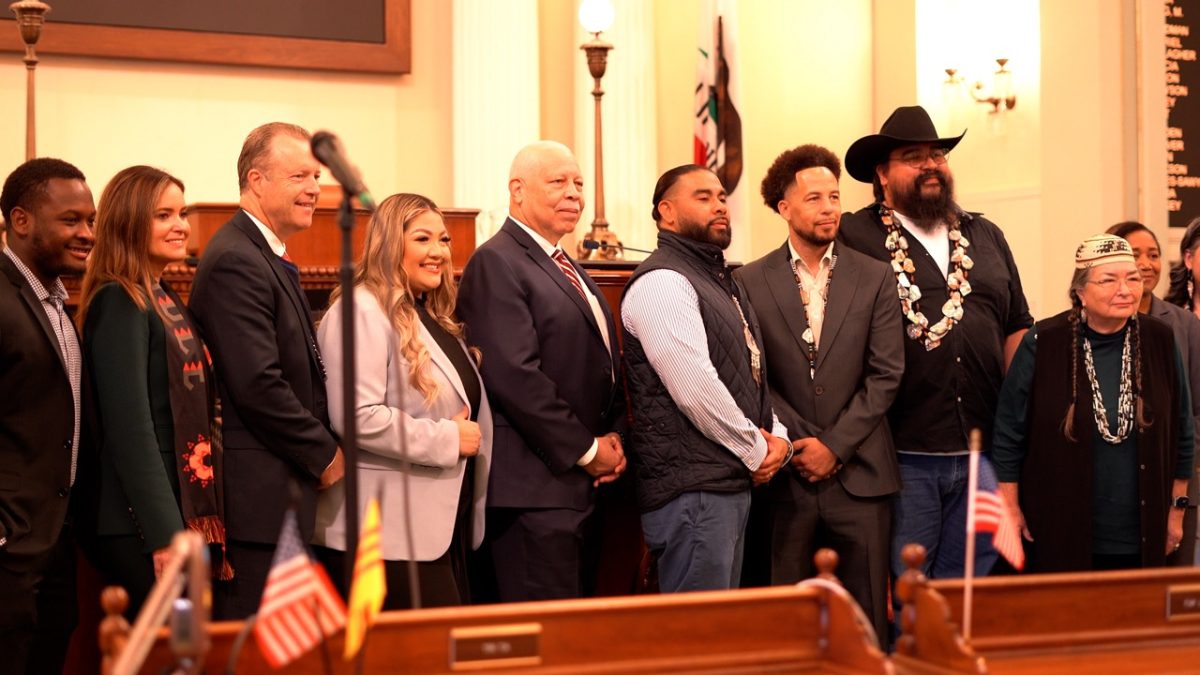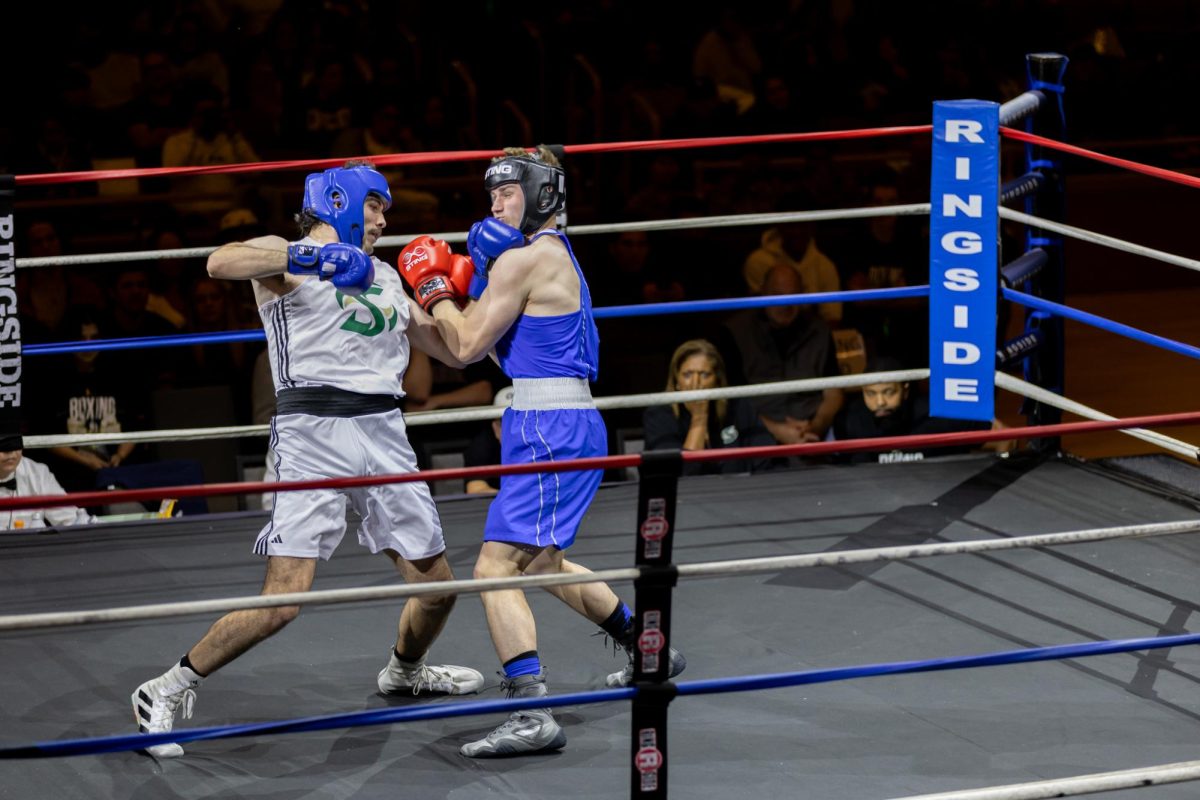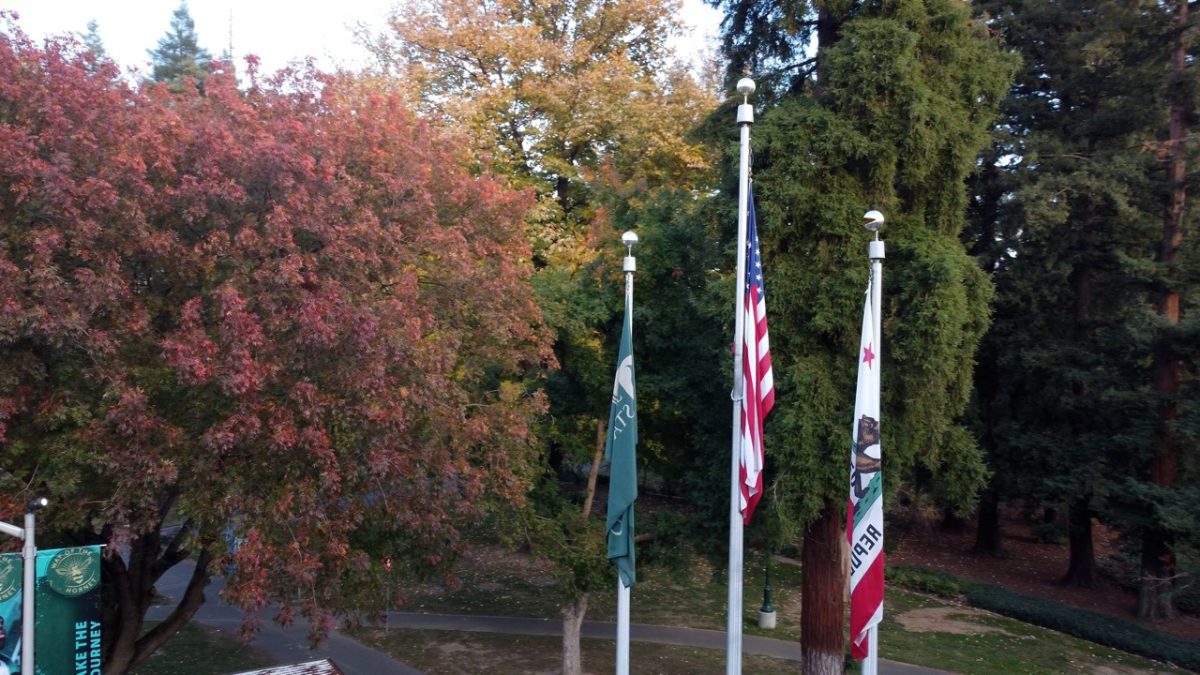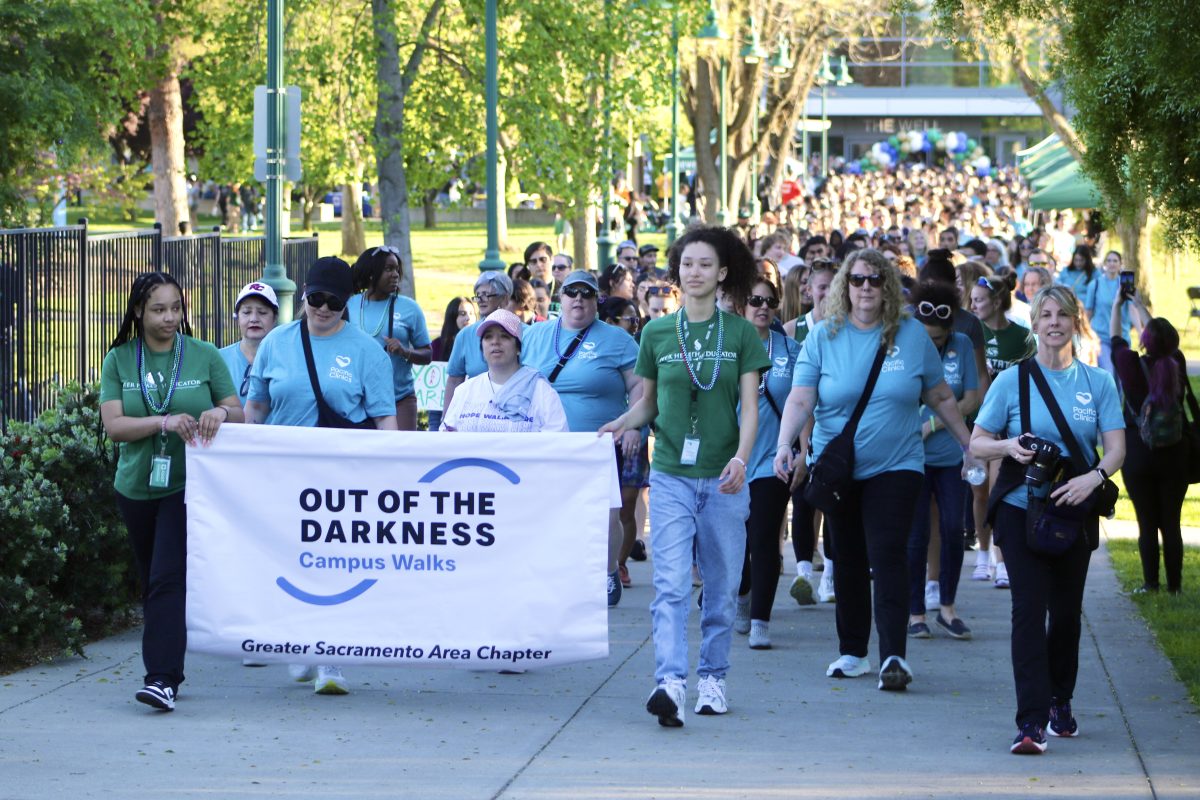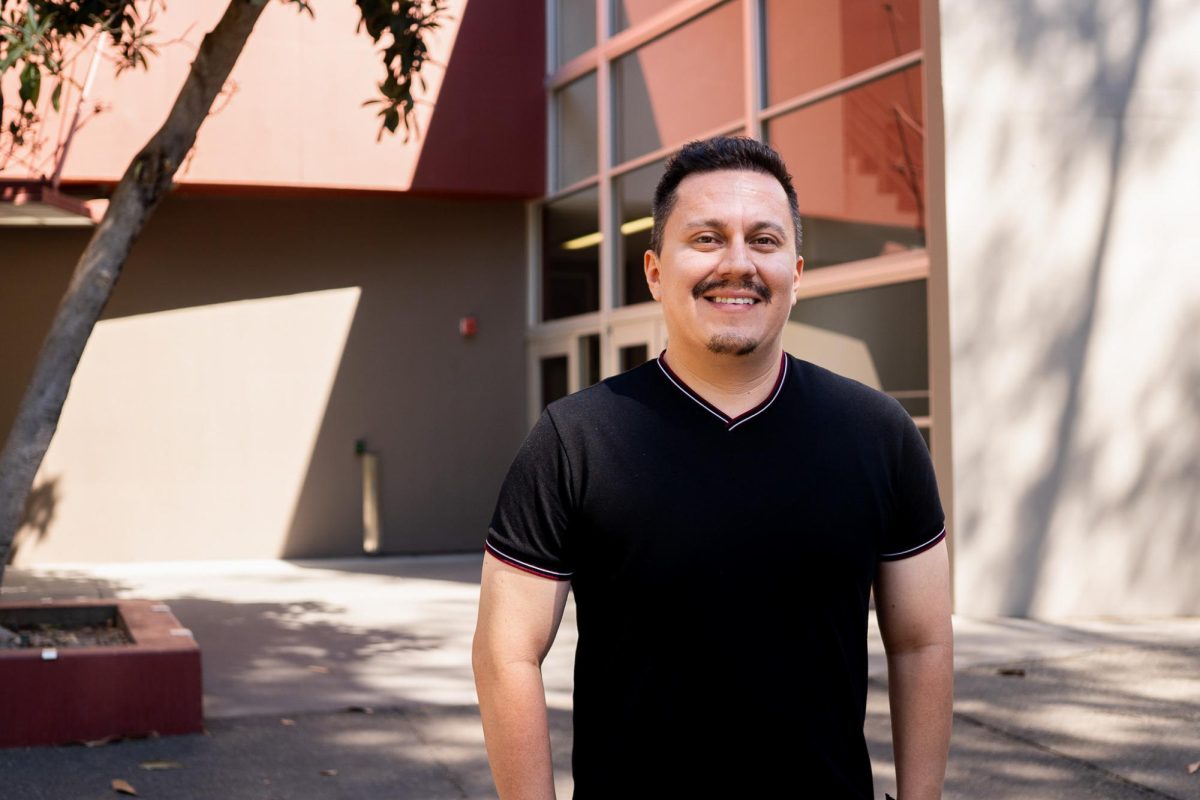Editor’s Note: The usage of Hispanic, Latino/a/e/x and Chicano/a/e/x is in accordance with the preference and language of the sources and/or organizations included in this story.
A group of students fill into Shasta Hall room 106 on a Tuesday afternoon, eagerly anticipating the sensation of putting on a pair of commanding, nail-embedded Folklórico dance shoes.
This is the passion of Sacramento State’s only ballet Folklórico dance lecturer and choreographer, Osvaldo Ramírez Vidales: to guide his students through the colorful world of Mexican folk dance.
The introductory Folklórico classes offered at Sac State are open to any major and provide a glimpse into the histories, contexts and cultural fusions of ballet Folklórico.
“90% of the time we’re dancing, but the other 10% we’re asking, ‘what do those dances mean?’” Ramírez said. “The traditions, the outfits, the hats, all the various props, why the colors are a certain way versus the others? Also the various rhythms and how to move your body.”
Ramírez has been dancing Folklórico since his youth in Guadalajara, Mexico, but didn’t connect with the art form until he noticed its absence upon moving to the United States.
“When I was in school in Mexico, they made you dance when you didn’t want to, but when I came here I missed it,” Ramírez said. “When I started community college here, we saw the group from Sac State, and that’s what led me to join, even though I wasn’t a Sac State student.”
His interest in joining “Raíces de mi Tierra” at Sac State blossomed into a 15-year career at the university. Ramírez has also spent time across four different Folklórico dance companies in the area, including his current position as a director at “Ballet Folklórico Nube de Oro.”
Folklórico, as a dance style, typically involves graceful, powerful movements that tell a story to the accompanying music. Originally performed as ceremonial and social dances by the indigenous tribes of Mexico, Folklórico was brought to California in the late 18th century and became present in Sacramento in 1973, according to Ramírez.
“It gives you a sense of freedom to be moving and stomping your heart out. It gives people a space to dance freely without being judged,” Ramírez said.
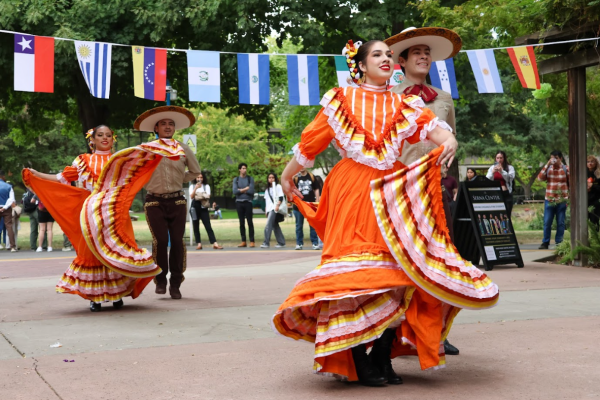
With Mexican culture being deeply embedded in the lifeblood of California, Ramírez said he believes it is important to continue the traditions that many Hispanic families hold dear.
“Mexican families who migrate to the US are used to seeing [Folklórico] as part of holidays and various calendar events around the year,” Ramírez said, citing Día de los Muertos and Mexican Independence Day as examples. “Different communities in Mexico in all 32 states celebrate something, and there’s always dance involved, so people miss that.”
Ramírez said the desire to connect with one’s roots is a common source of motivation for many of the dancers he teaches.
Junior nutrition and food major Berta Zepeda has been taking Ramírez’ Folklórico class for two years and was inspired by her family to start dancing.
“I’ve always been interested in taking Folklórico because my cousins and uncle do it,” Zepeda said. “I love seeing them dance, so I wanted to dance like that.”
Sac State’s Folklórico classes delve into various styles of Mexican dances, spanning from pre-colonization to post-colonization indigenous dances, traditional Afro-Mexican dances, all the way to polkas and more modern forms of dance, Ramírez said.
Ramírez said it is a misconception that Mexican Folklore only derives from Mexico’s indigenous tribes and Spanish colonizers.
“It’s not just Spain and France; it’s also multiple countries and the African traditions that added to what Mexican folklore is nowadays,” Ramírez said, adding that Ukrainian, Filipino and German culture are some of the other contributors to Mexican traditions.
Nicolette de la Cruz, a junior dance major who just started taking Sac State Folklórico classes this semester, said the intersectionality makes this one of her favorite dance classes.
“I love learning how other cultures connect to Mexican culture and how everyone is related,” de la Cruz said.
RELATED: Sac State’s new HSI Director leads with service and dedication
Despite the prolific nature of the dance, Sac State’s Folklórico classes and clubs have faced a myriad of obstacles since being implemented over 20 years ago.
Folklórico classes were originally held in Yosemite Hall, where Sac State’s CombatU program currently resides. Due to restructuring of classroom use priorities, Folklórico classes were moved into their current space in Shasta Hall.
Ramírez said it is difficult to obtain the correct amenities for Folklórico classrooms, including adequate floors to handle the wear caused by the nail-adorned shoes, proper sound systems and sufficient space.
This created challenges for Sac State’s Folklórico dance club, “Ballet Folklórico de Sac State,” which has been out of commission since the COVID-19 pandemic halted campus operations.
“That was one of the biggest battles in 2016; we didn’t have a dance space,” Ramírez said, recalling struggles faced after becoming the Folklórico club’s advisor. “There were a couple semesters where we were rehearsing outside when it was cold because nobody wanted to provide the spacing for what we do.”
The Theatre & Dance Department Chair, Philip Flickinger, said COVID-19 had a bewildering impact on the arts world globally, but at Sac State especially.
“We’ve had a hard time rebounding from the COVID closures in our dance technique classes,” Flickinger said. “They’re lower-enrolled across the board.”
Flickinger said he strongly encourages students to enroll in classes that interest them and provide opportunities for community, despite the push to “finish in four”.
“I think one of the things that makes a college experience the best it can be is when students have a sense of belonging,” Flickinger said. “That can be the difference between hating your college experience and loving your college experience. It allows students to find their voice.”
Although Sac State is a Hispanic Serving Institution, Ramírez said there could be more emphasis from administration to support Latinx cultural expressions, such as Folklórico, as a fundamental interest for the student population.
“38% of students are of Latinx background, the majority being Mexican, and we do not have a club that addresses those needs even though there’s been requests and asks for multiple years,” Ramírez said.




